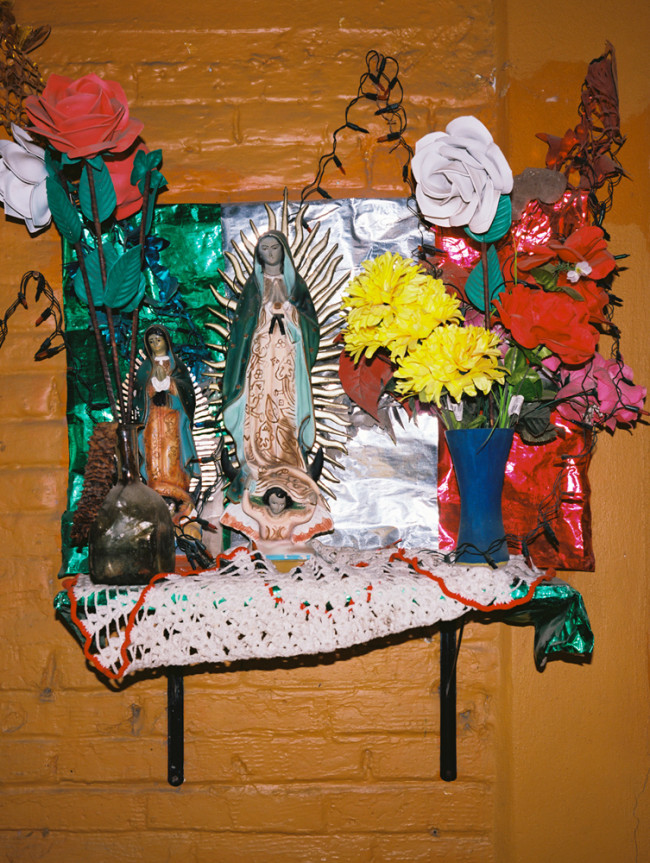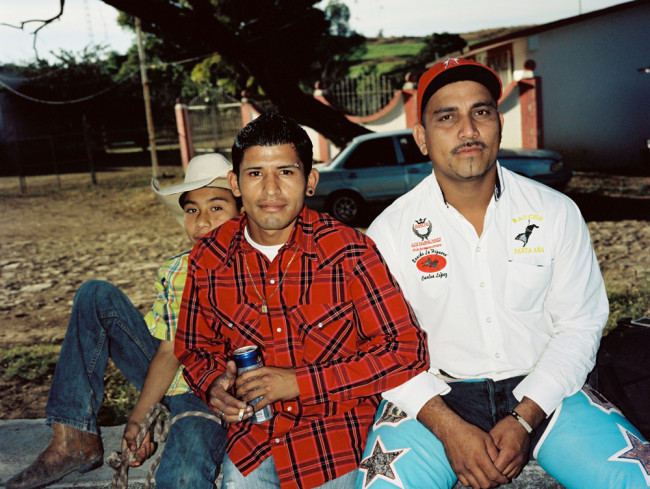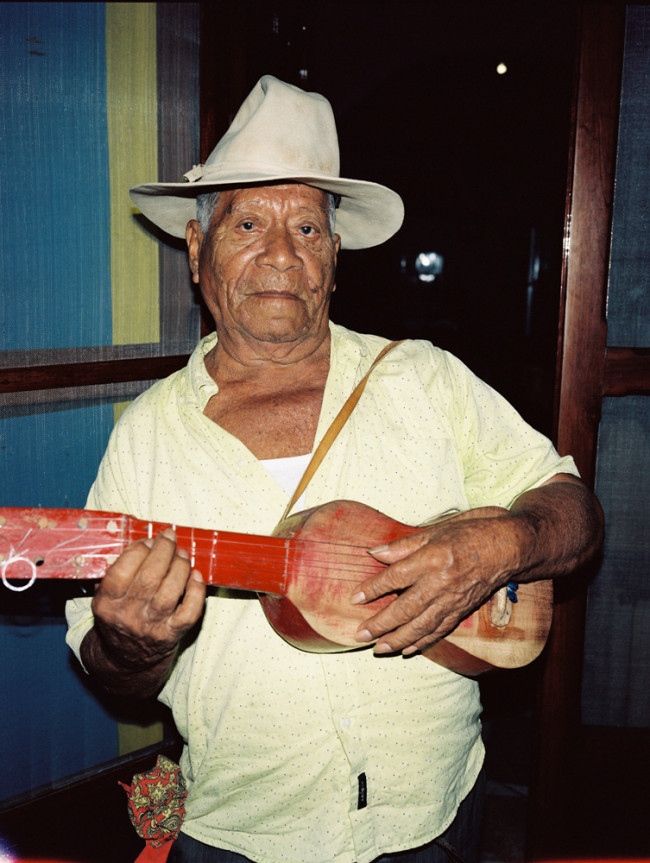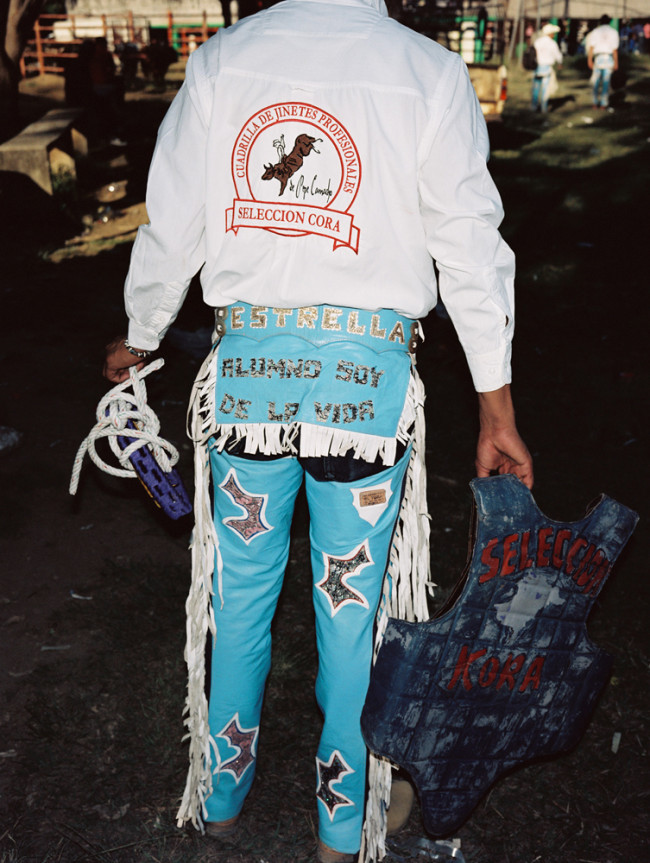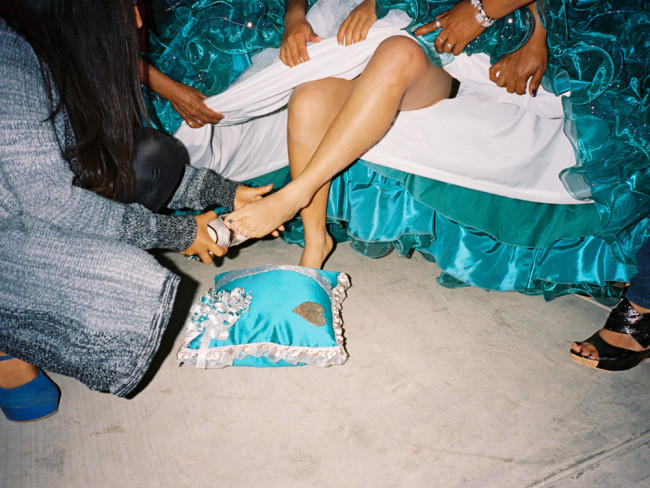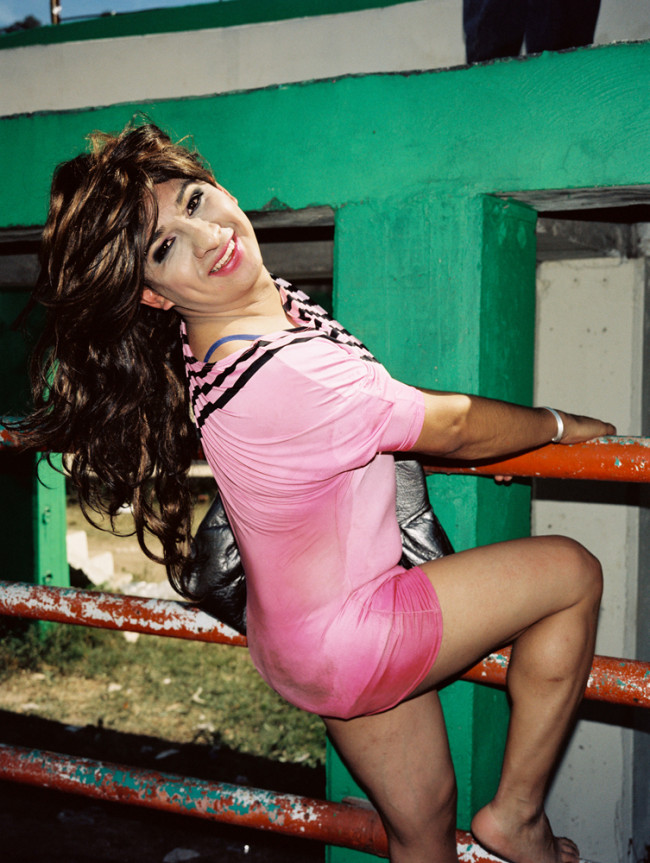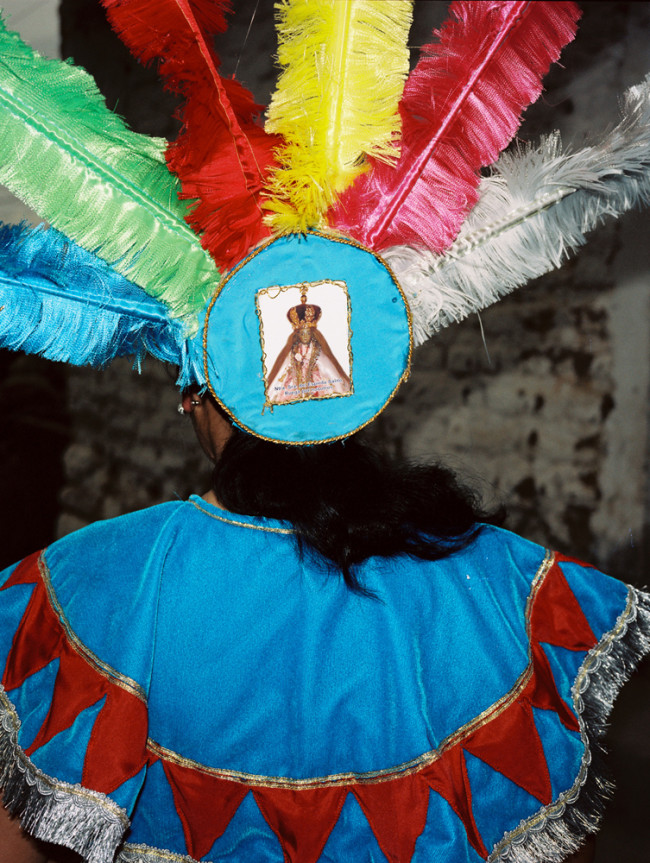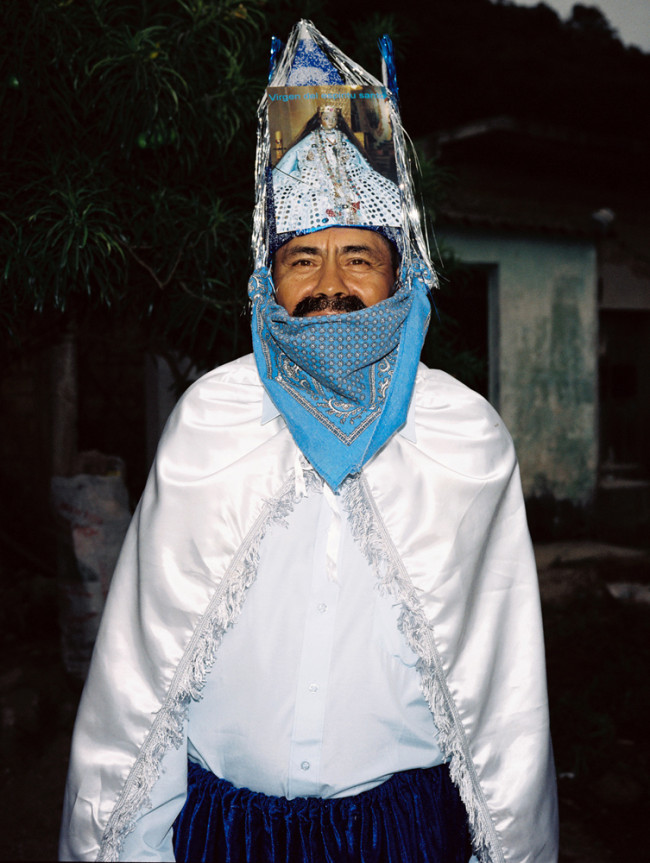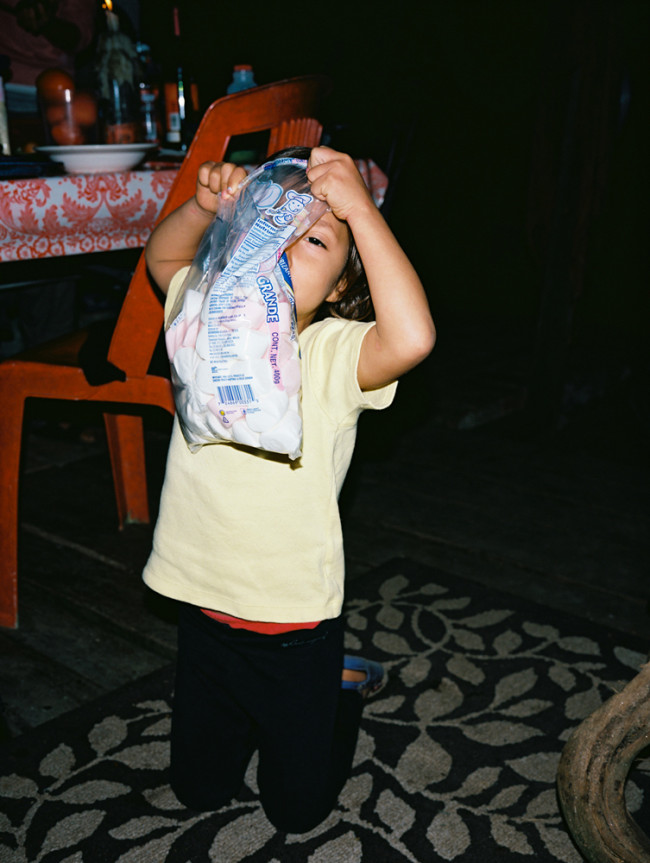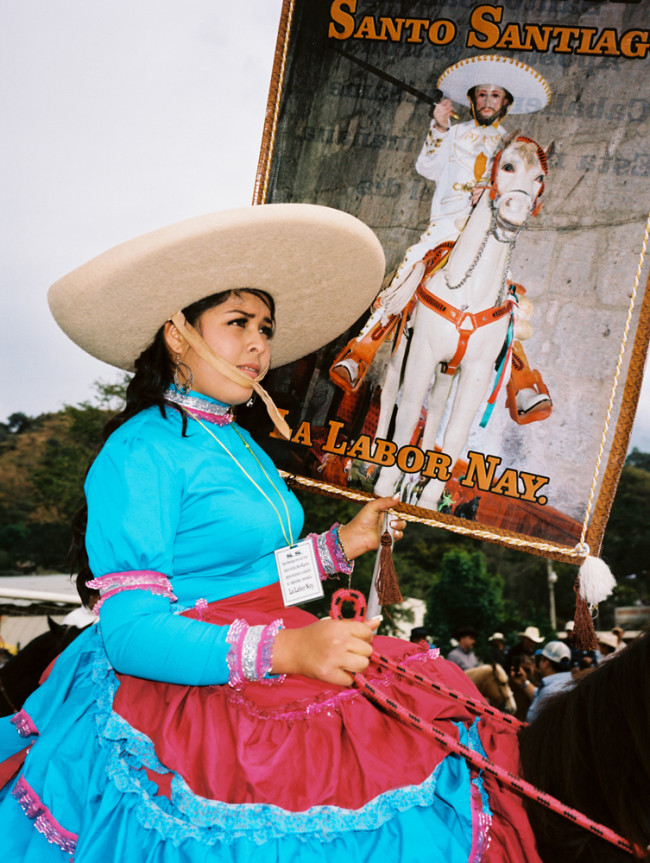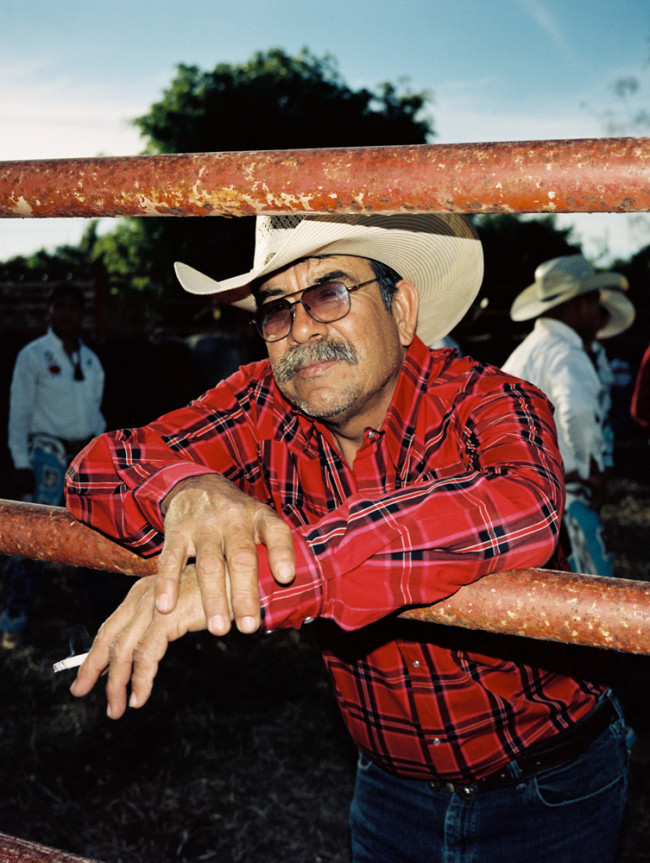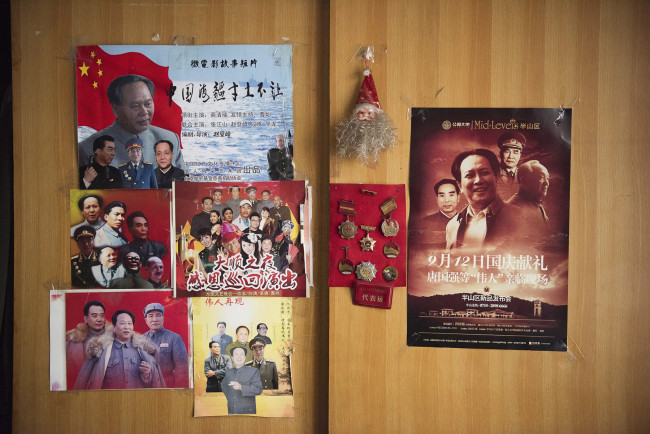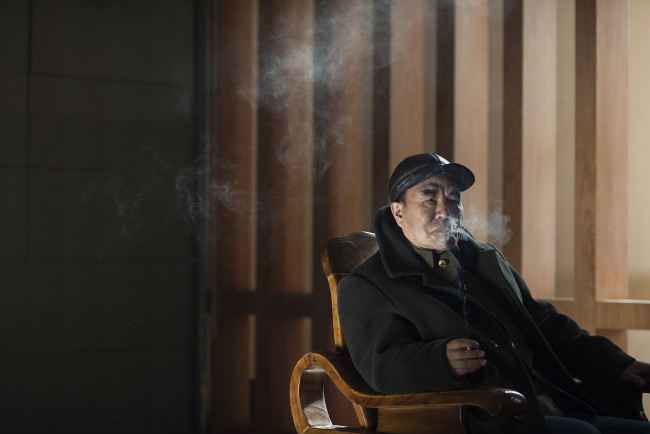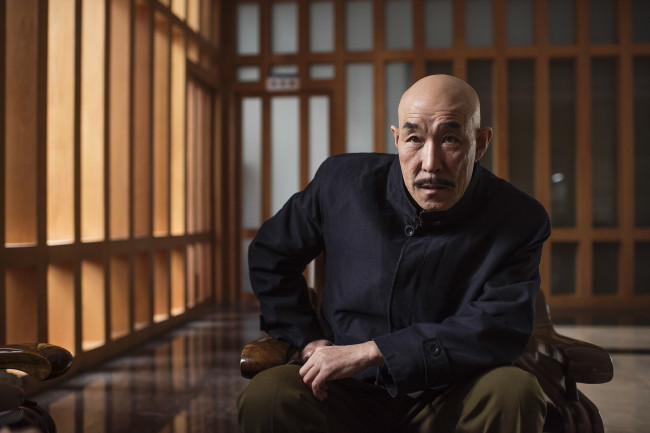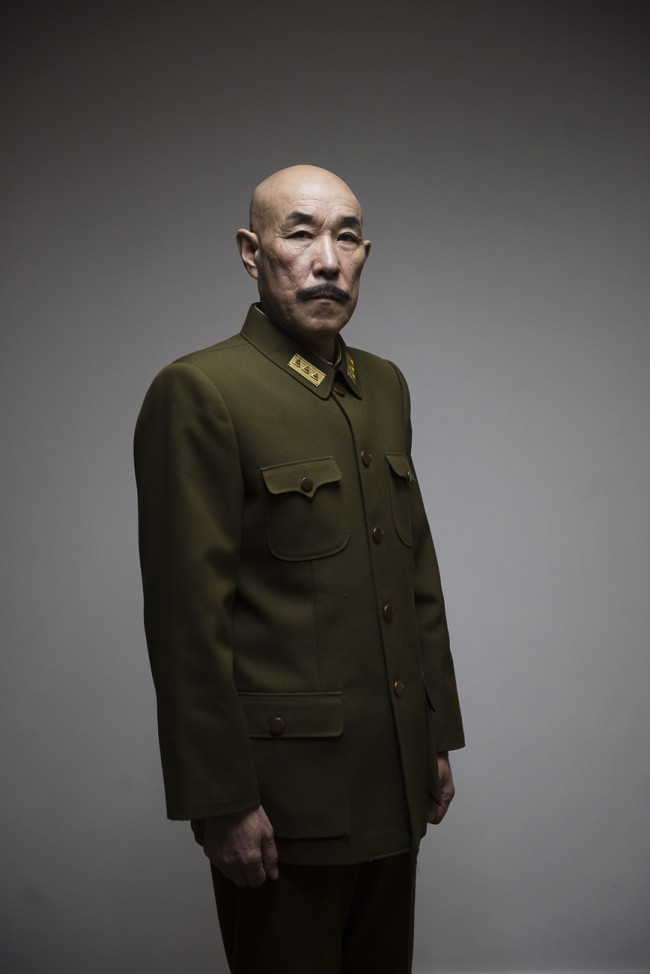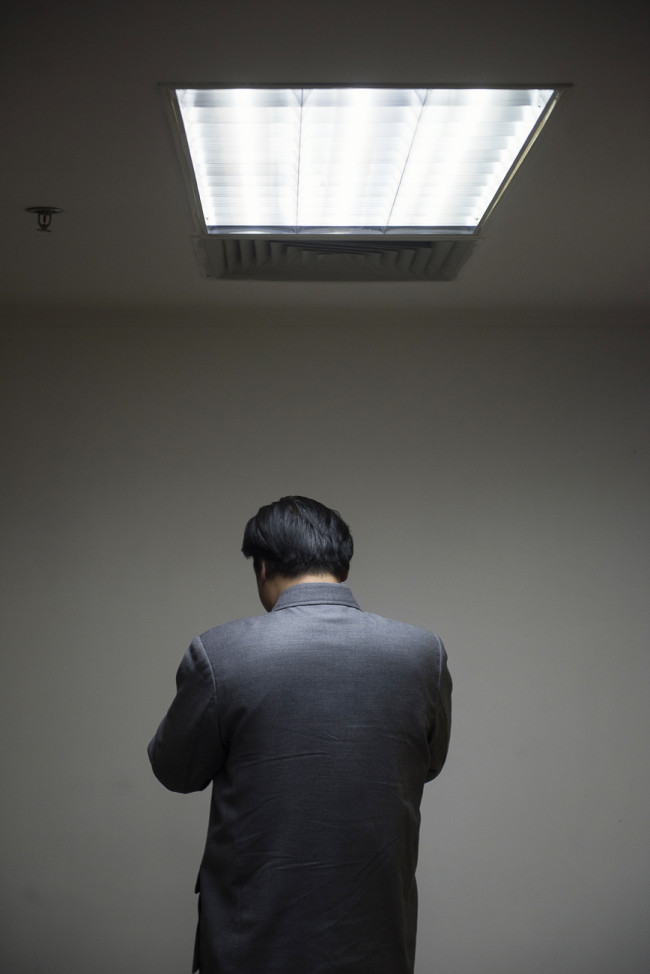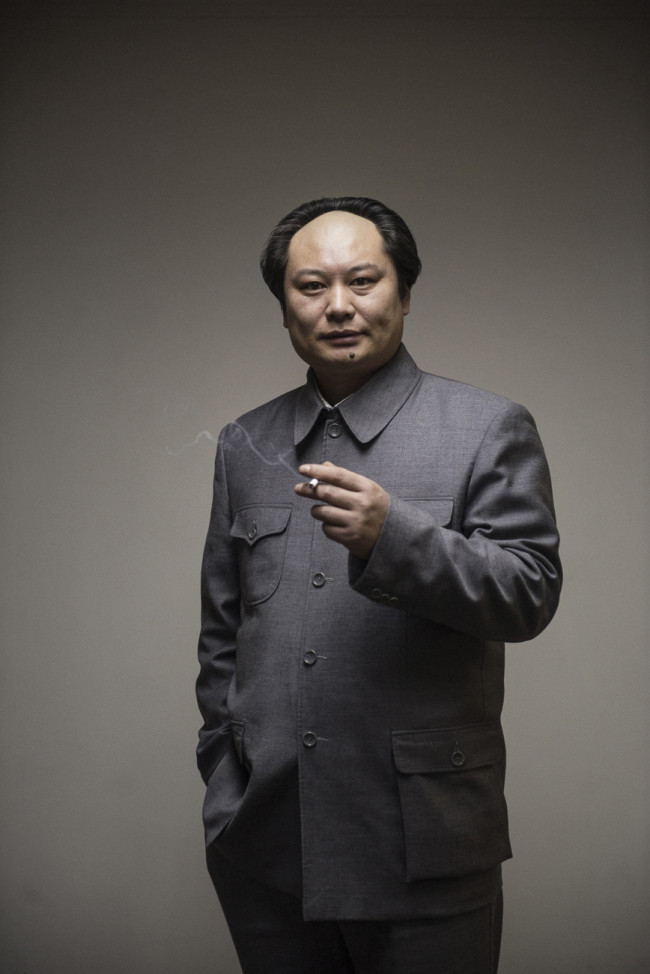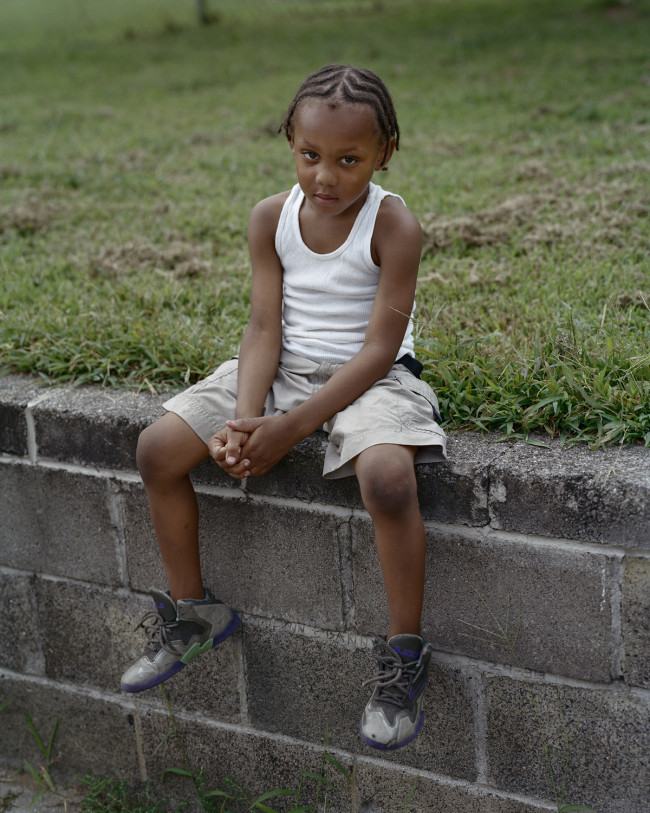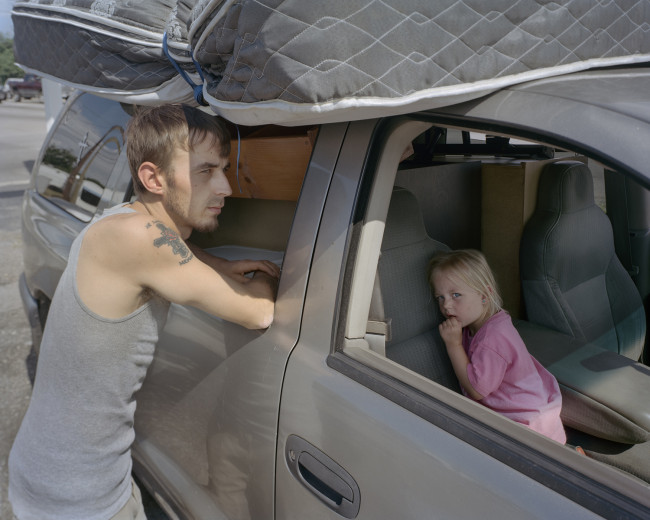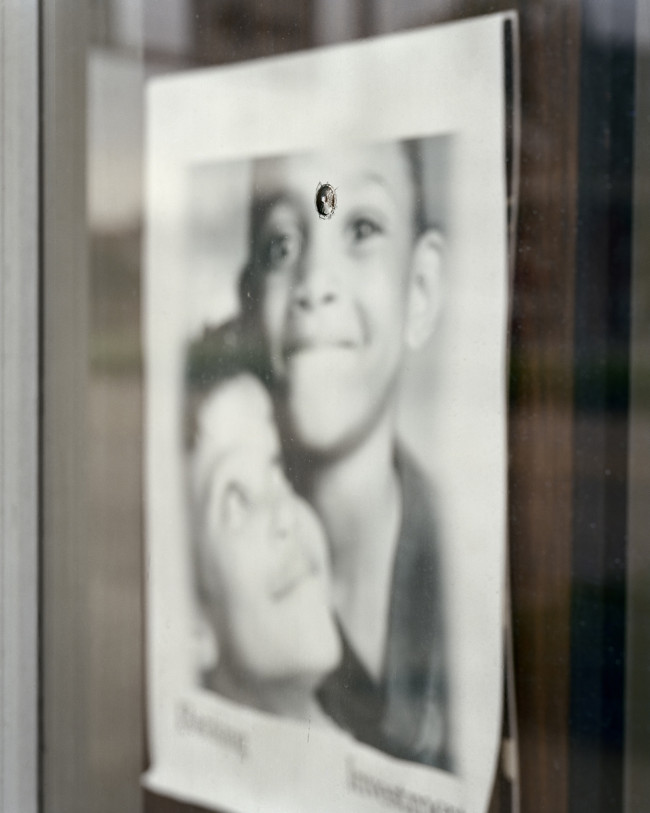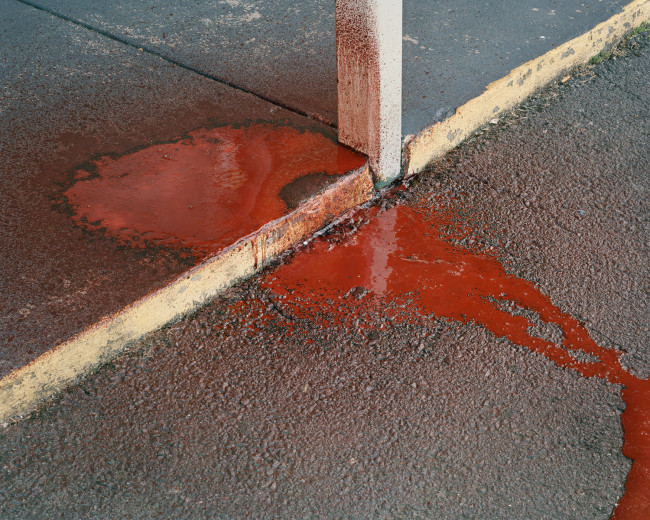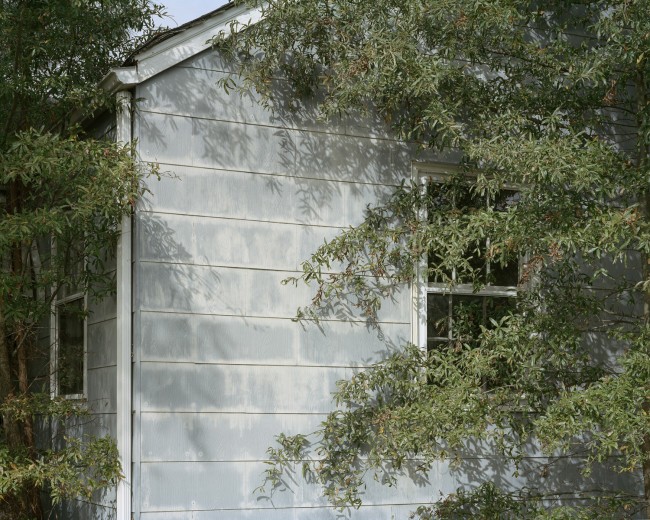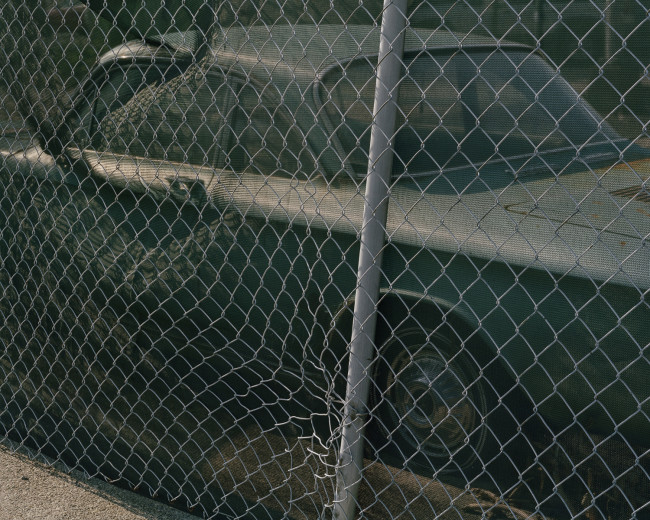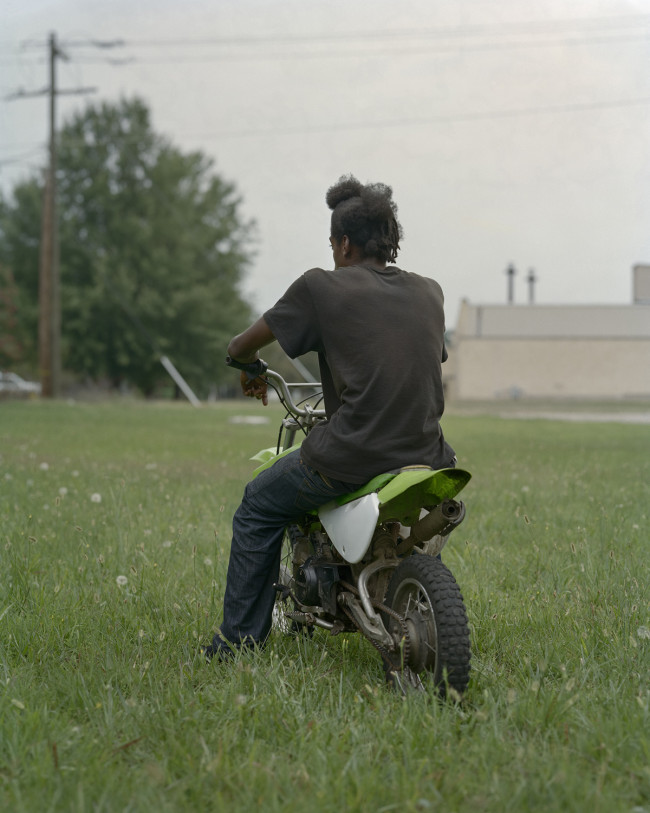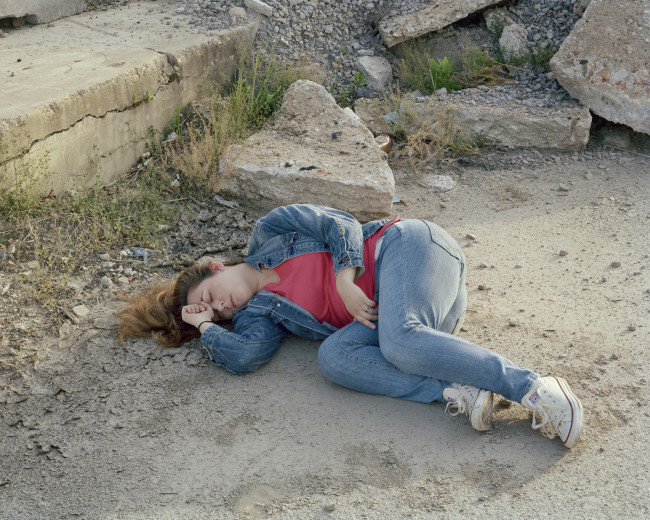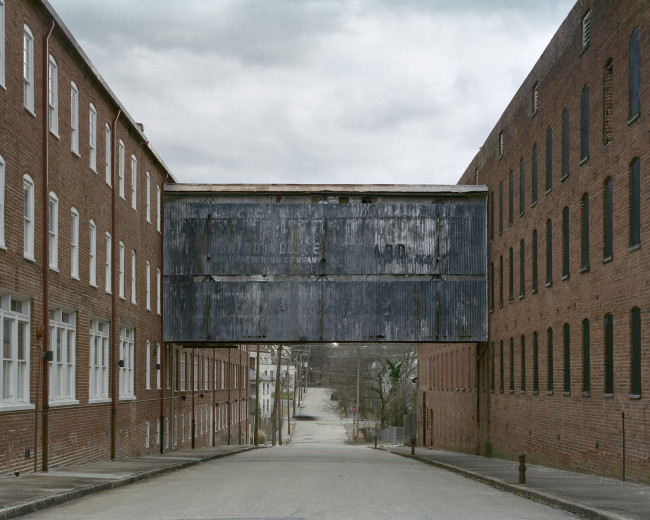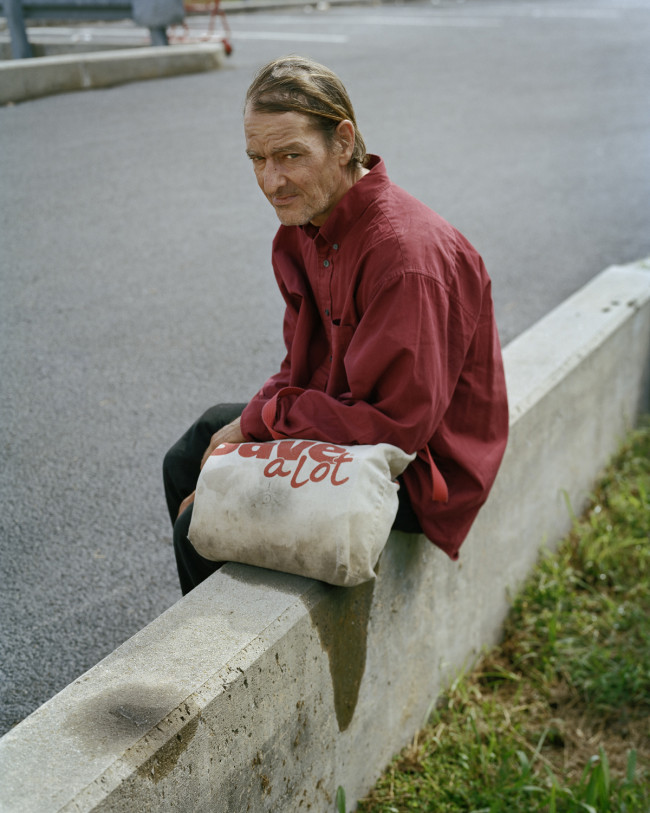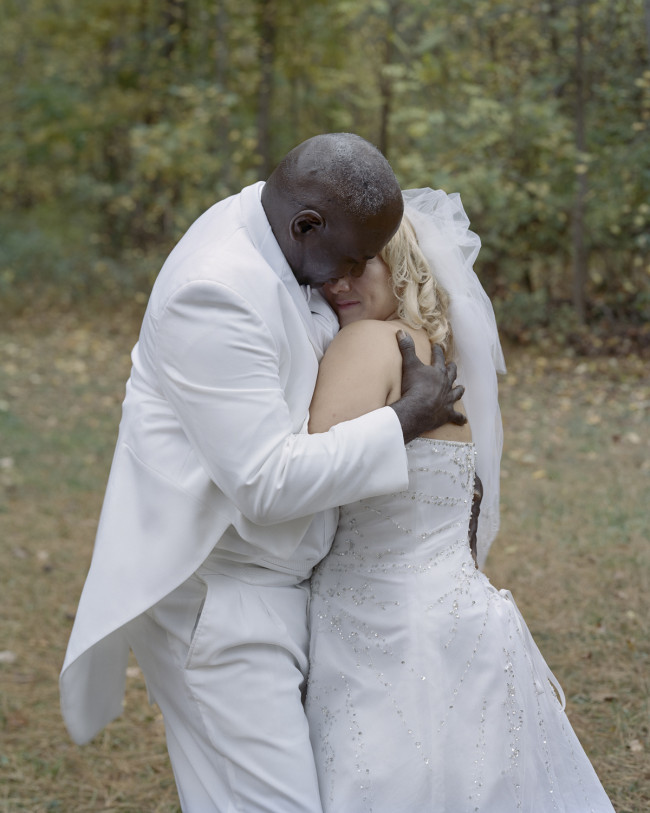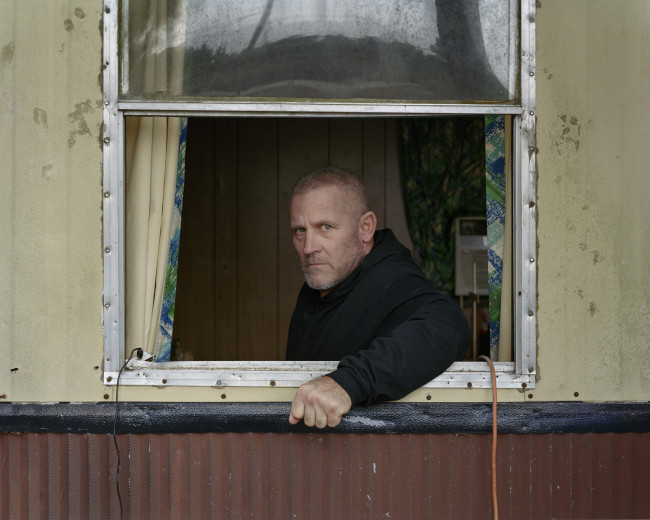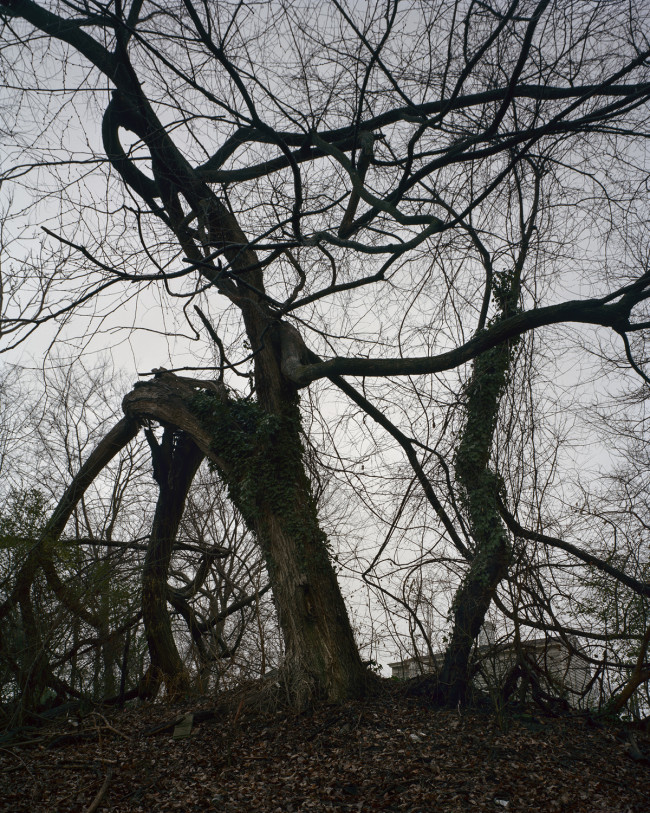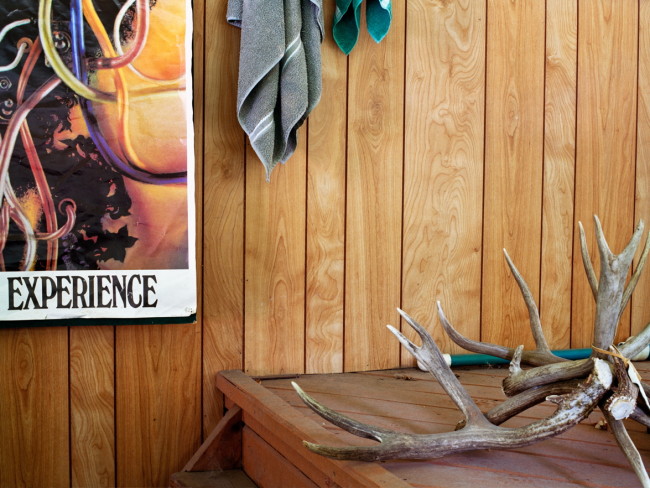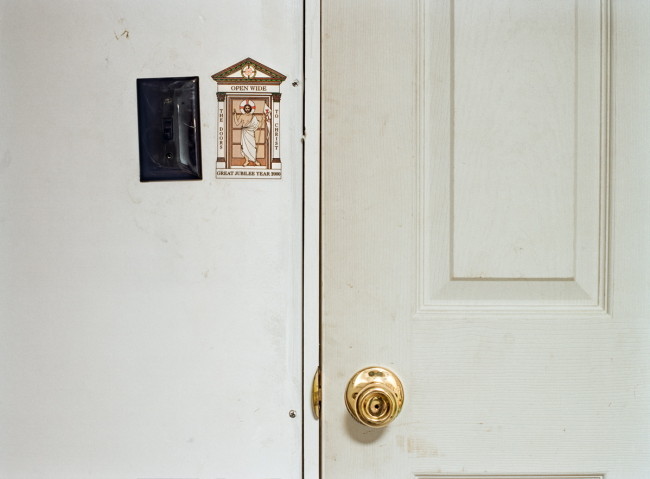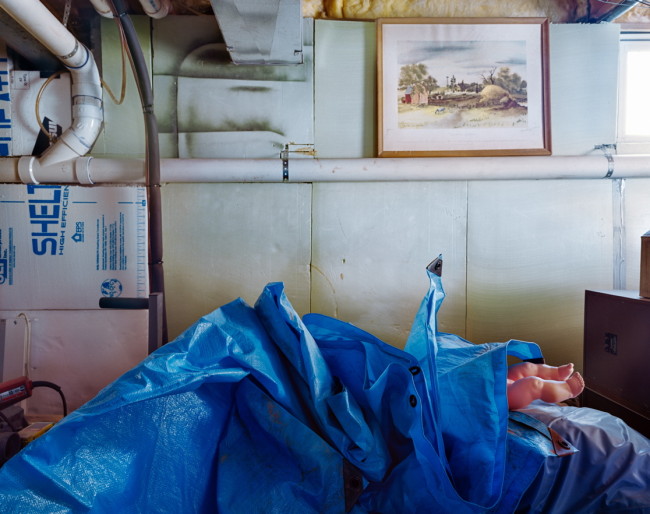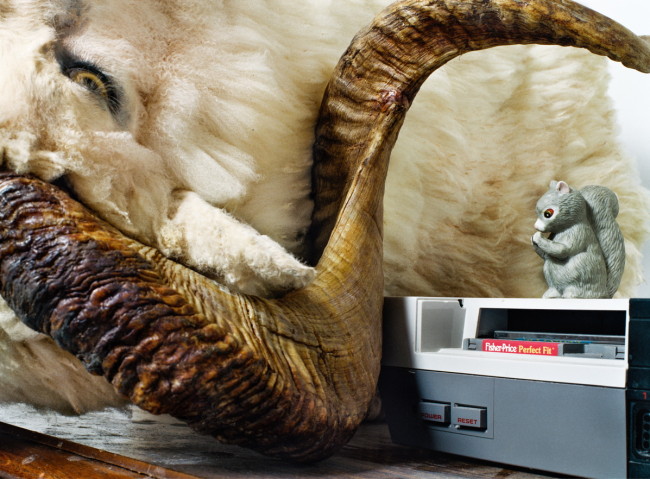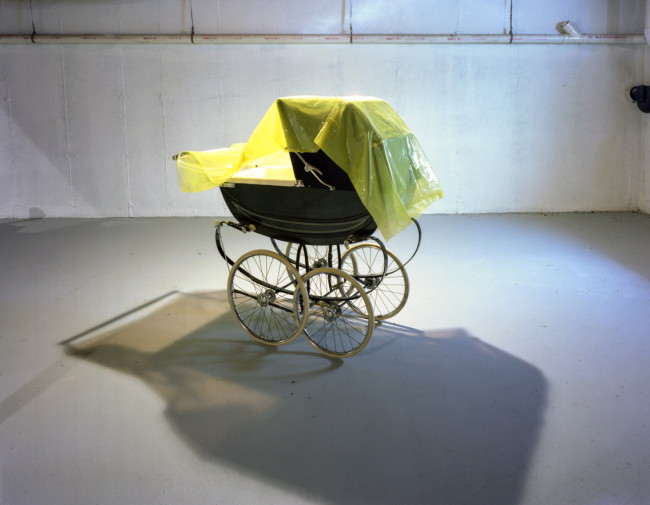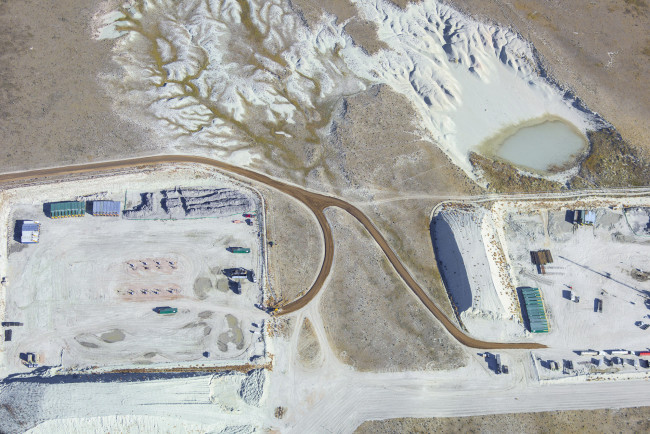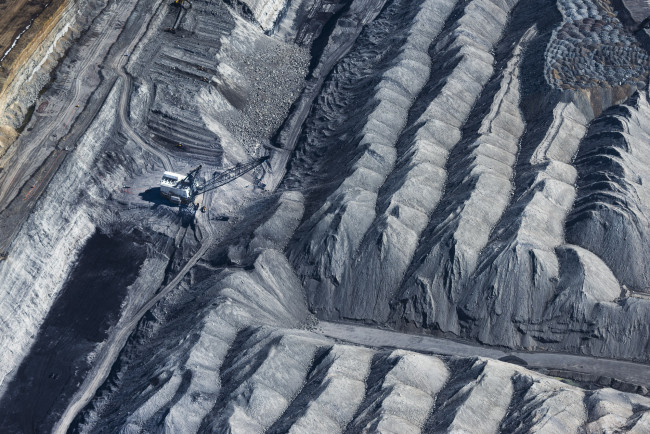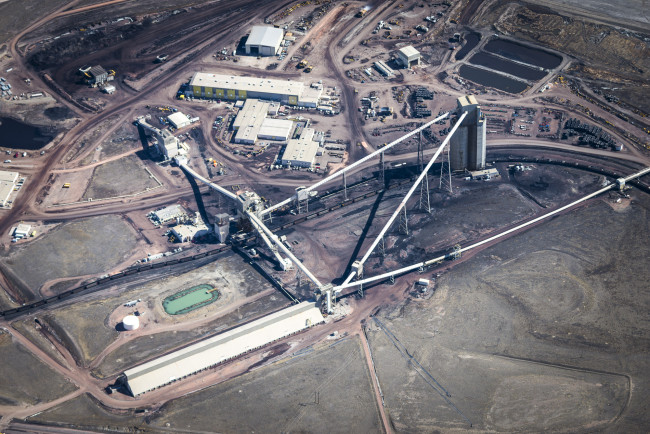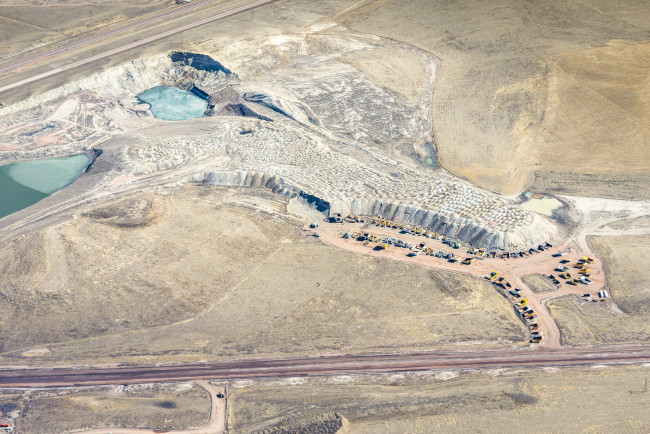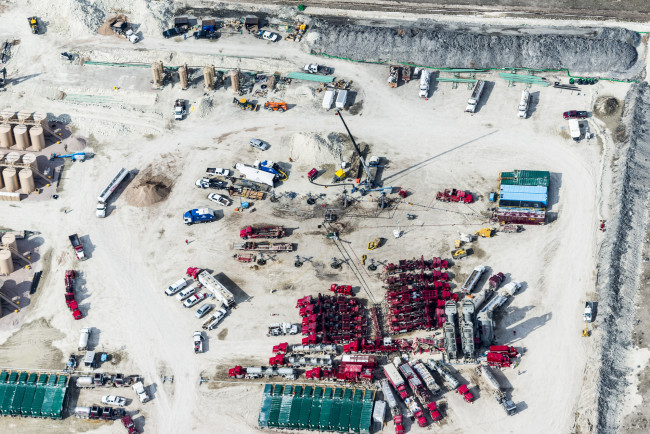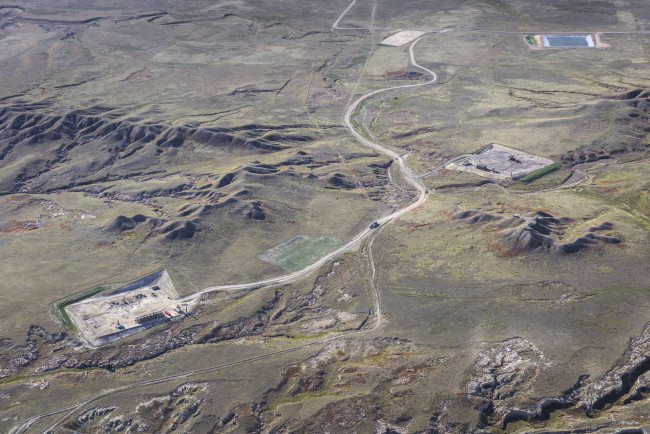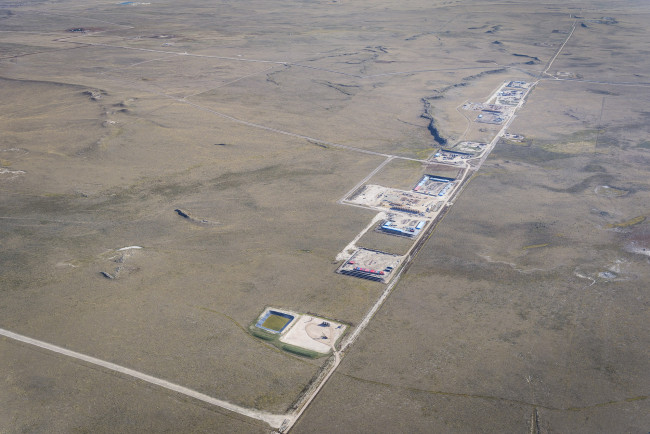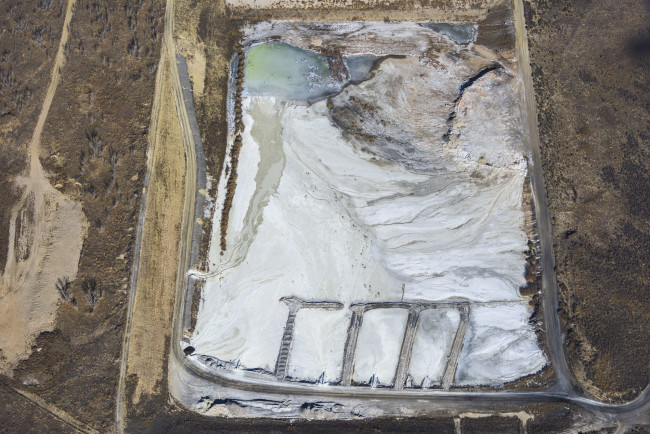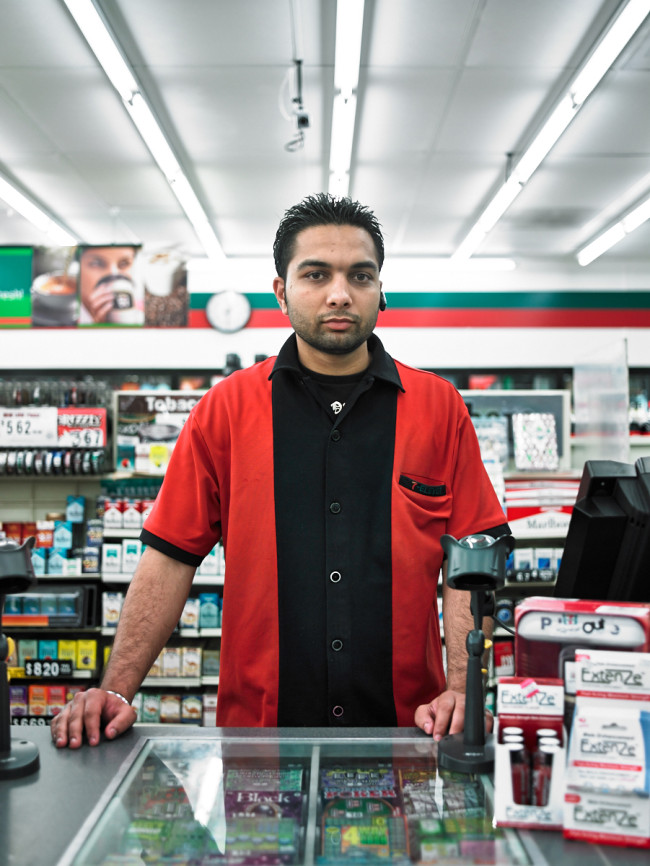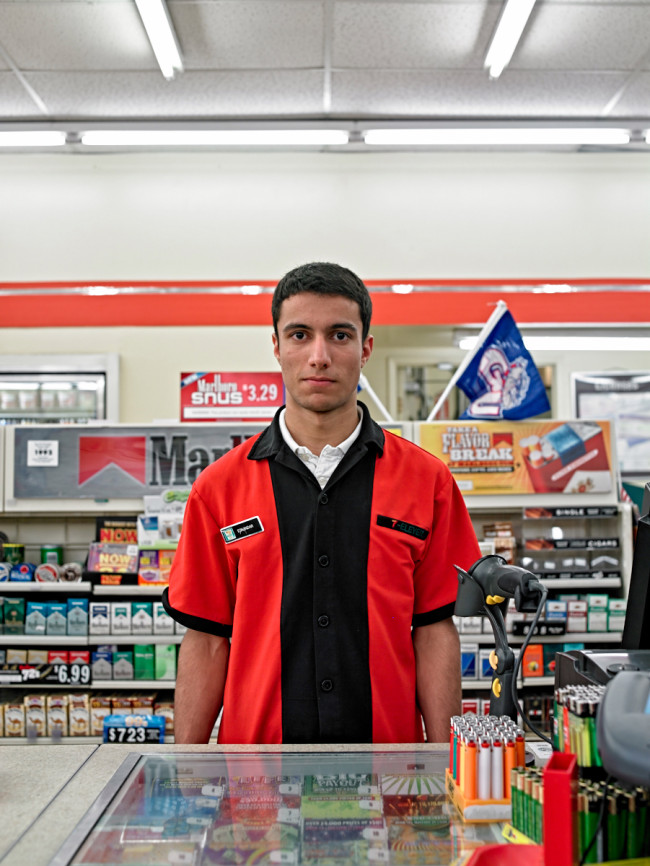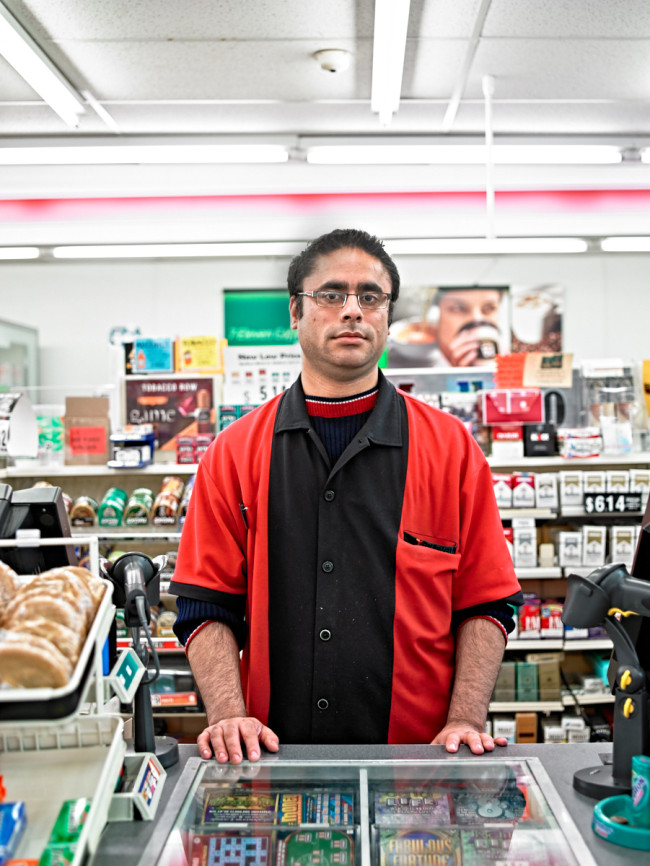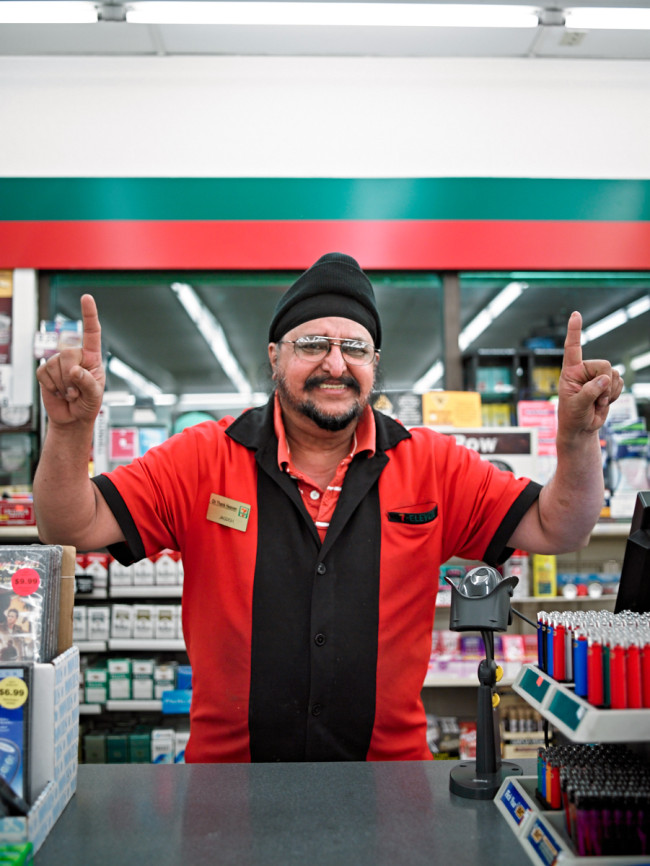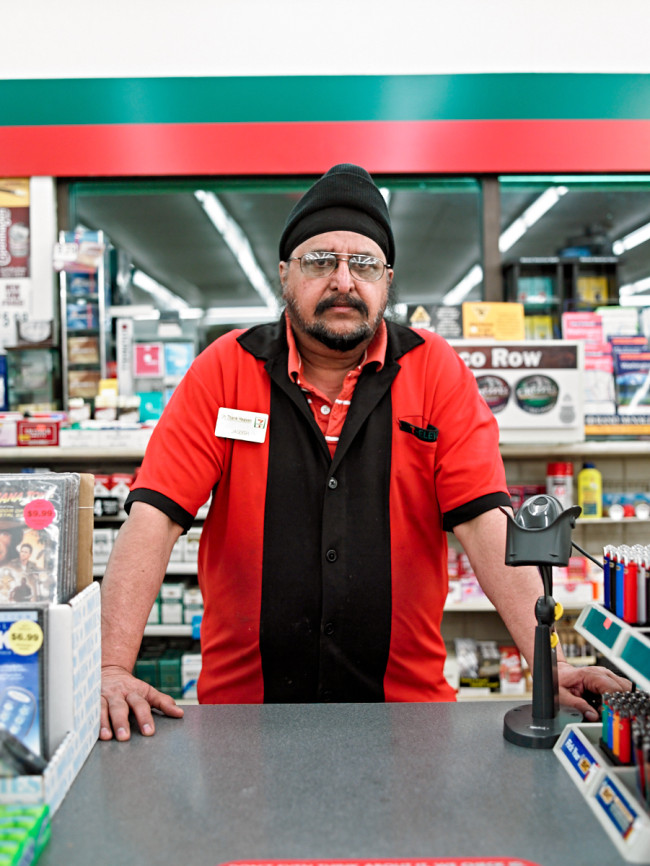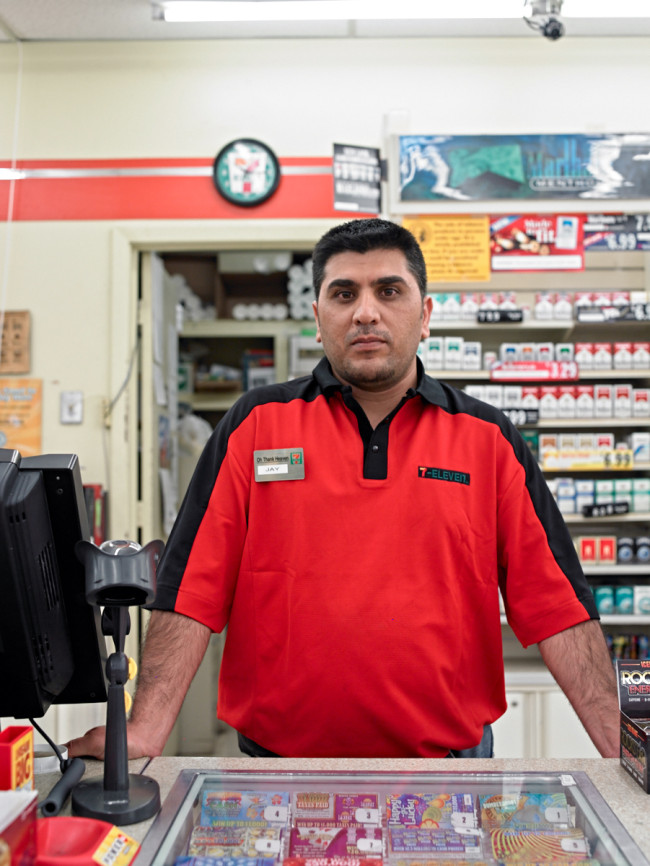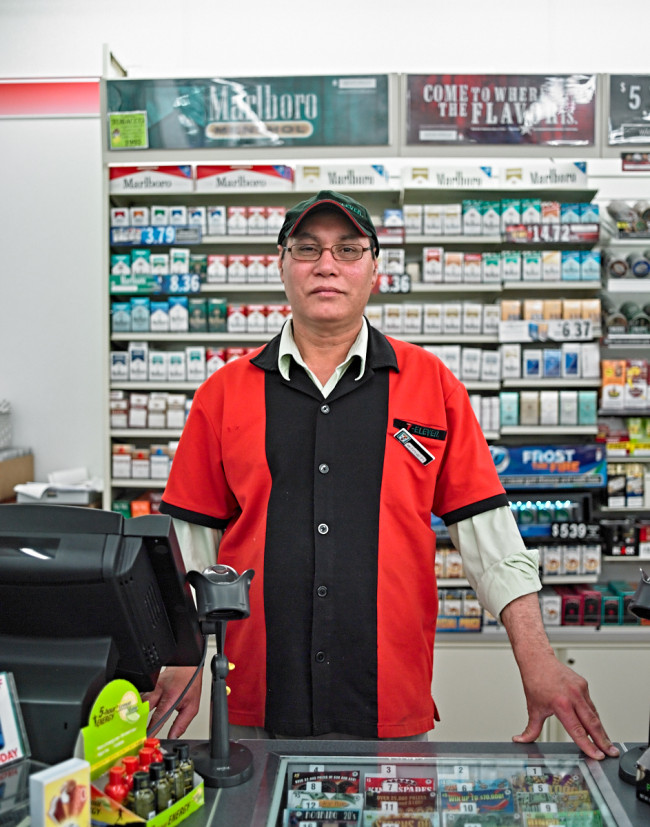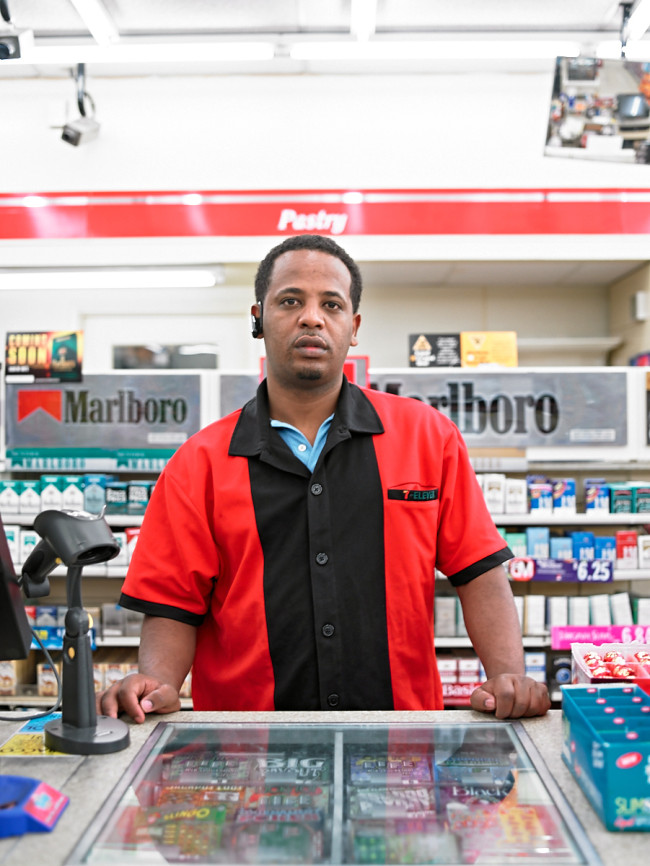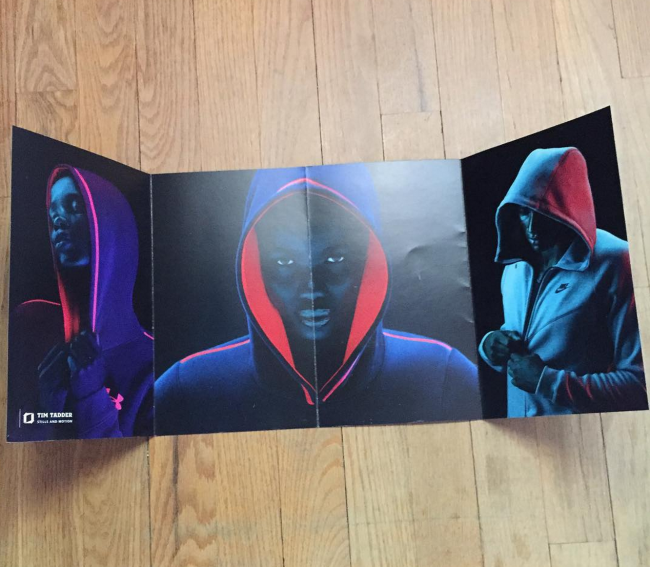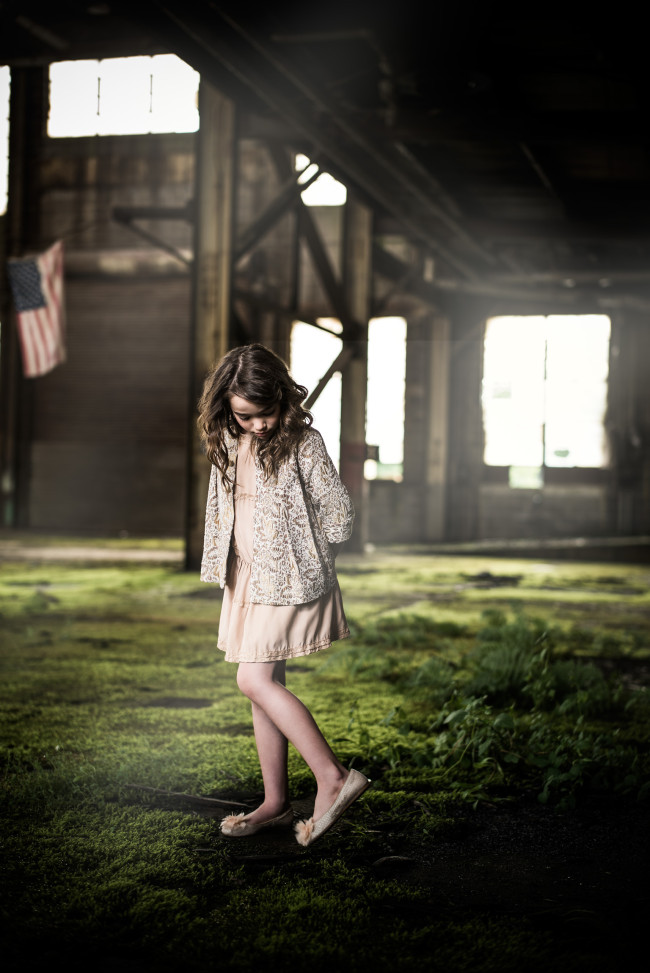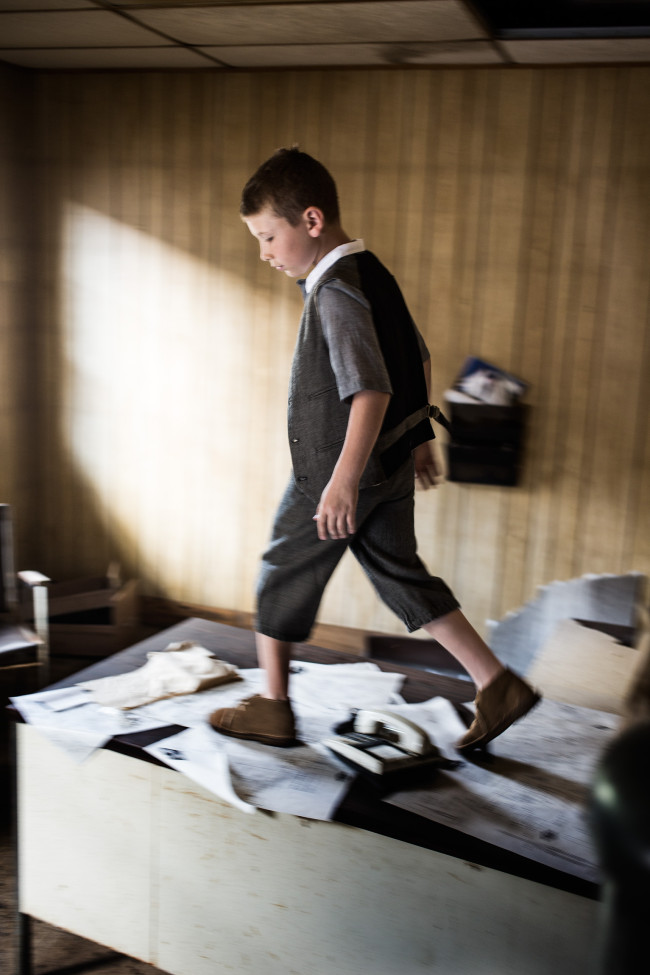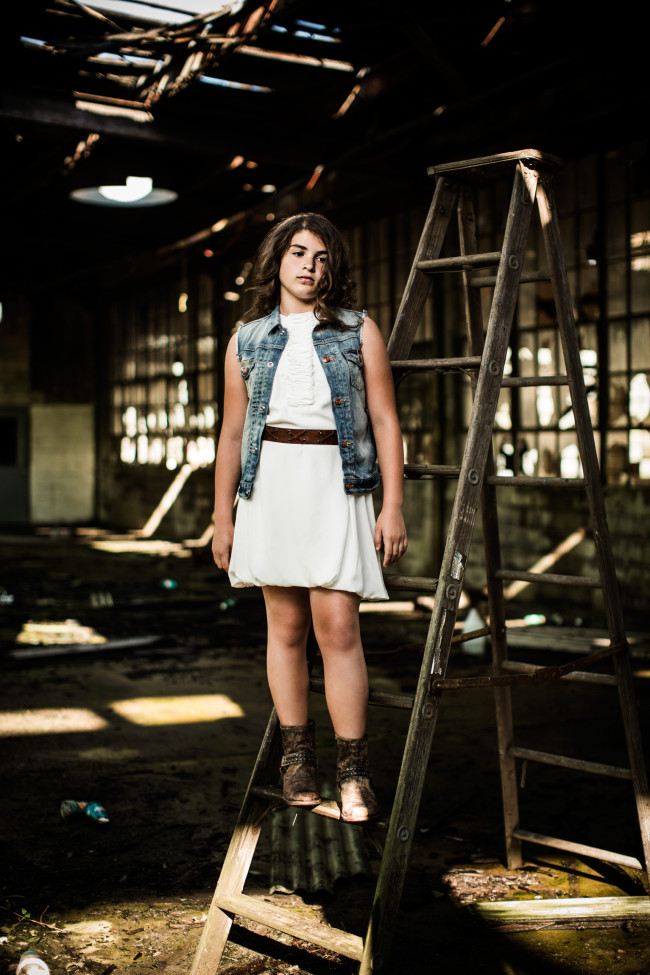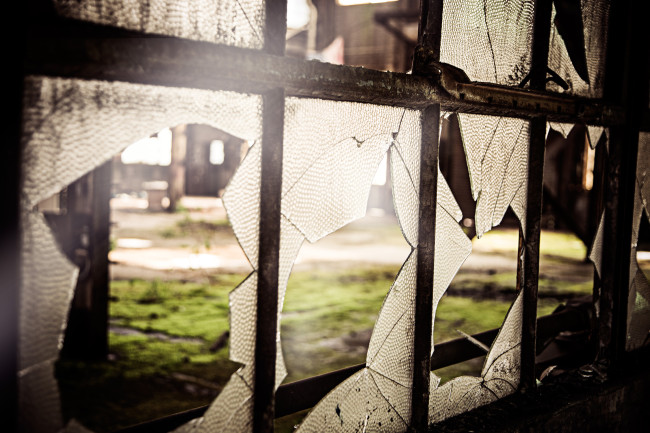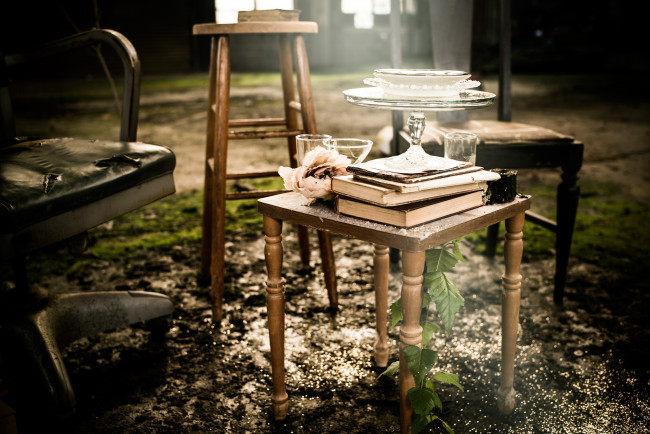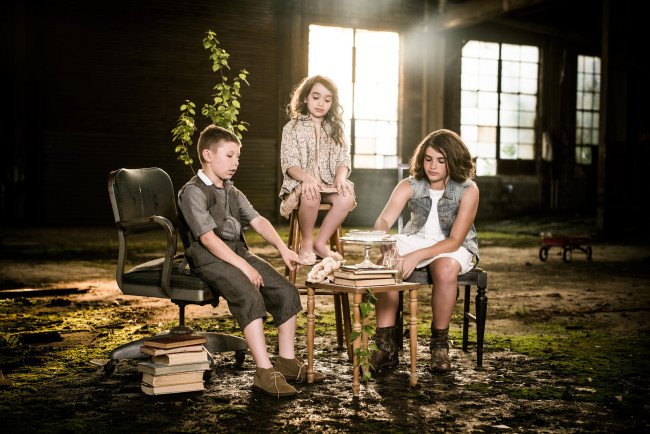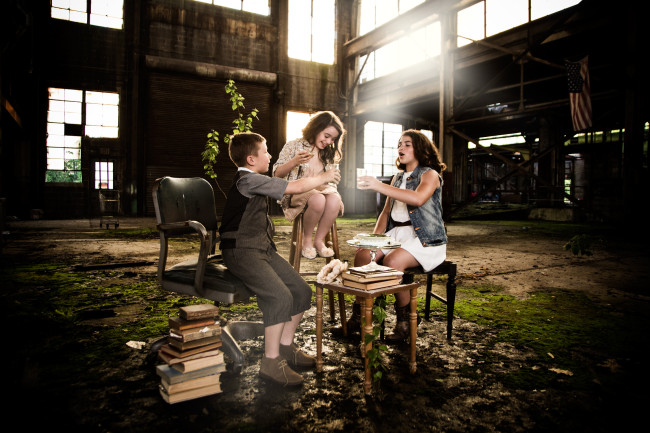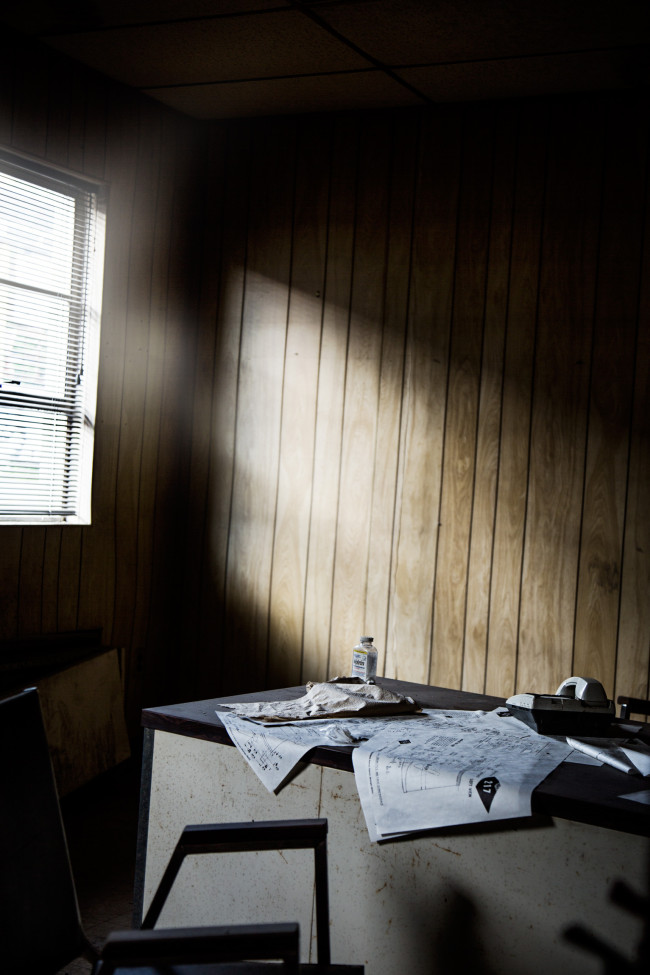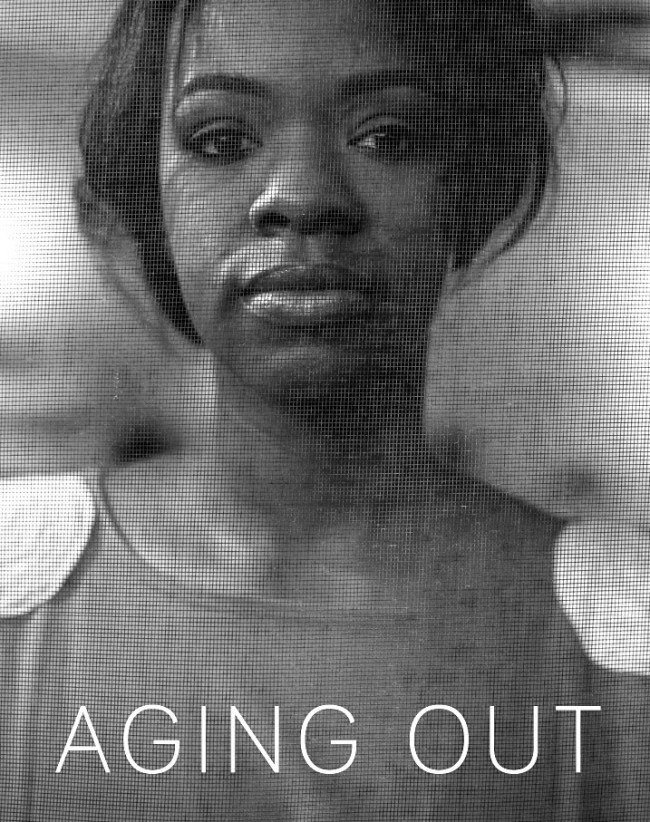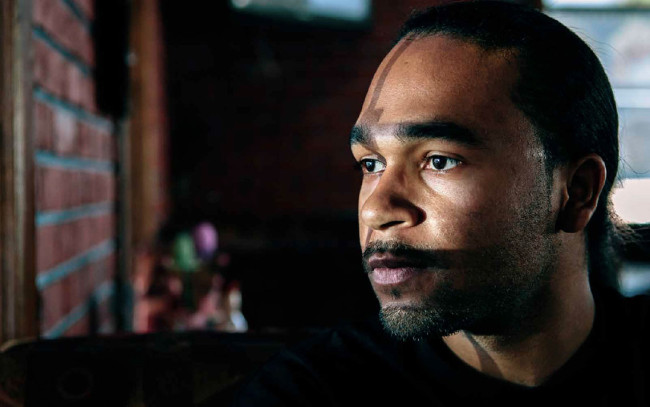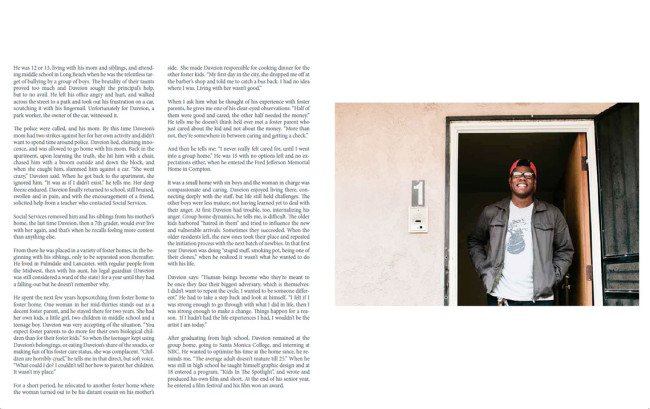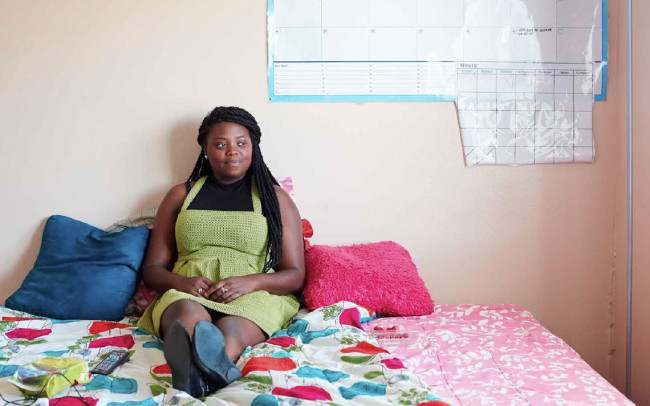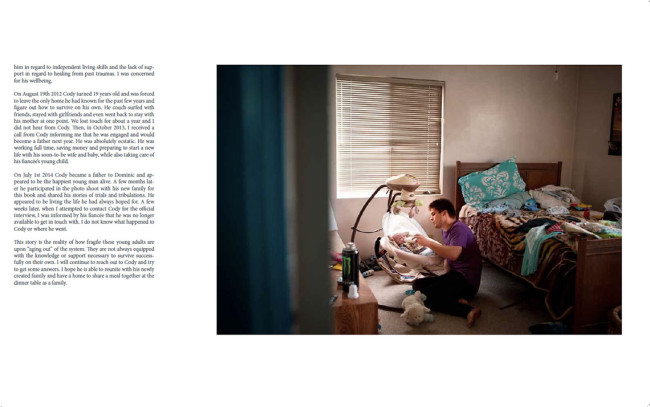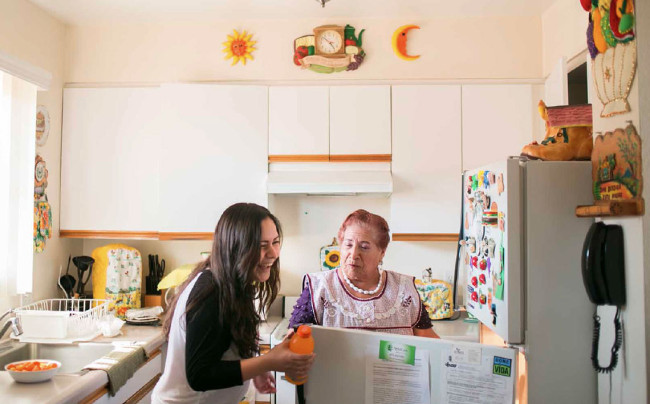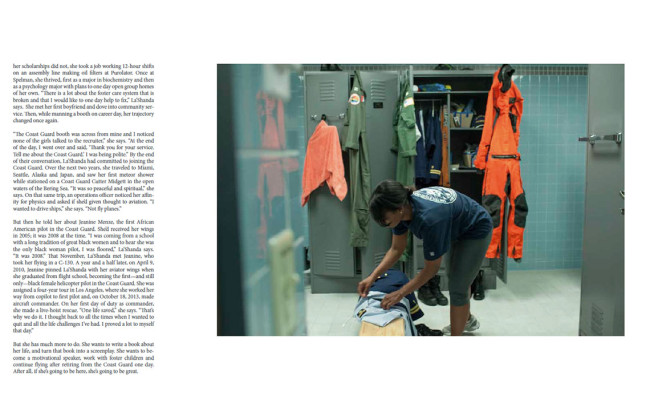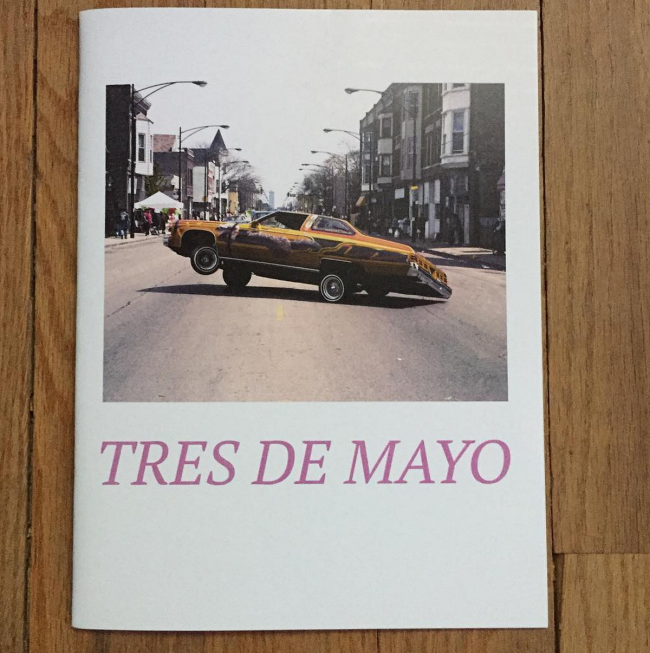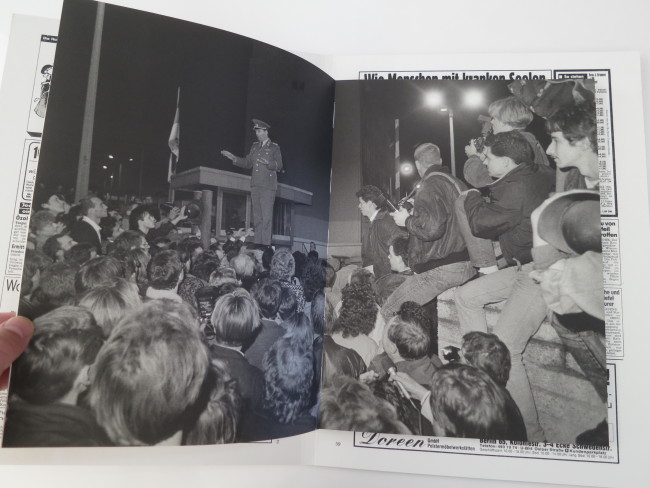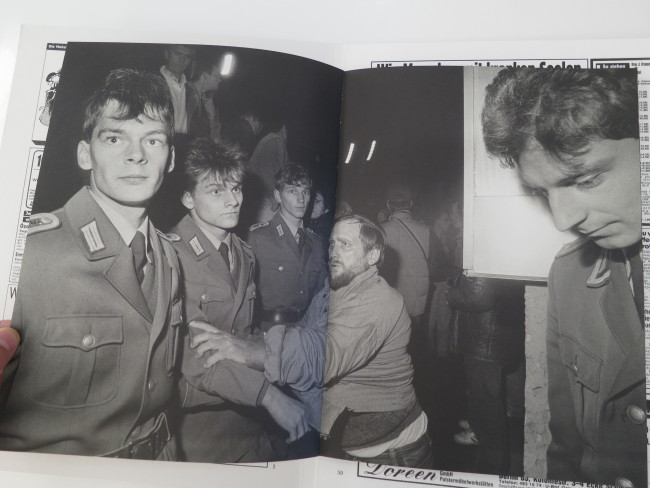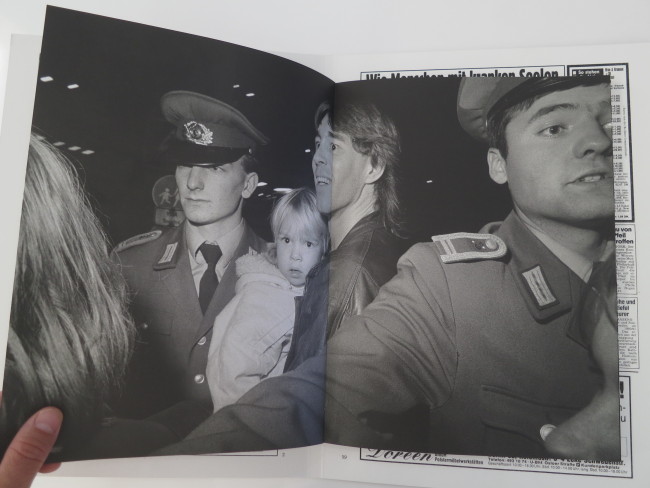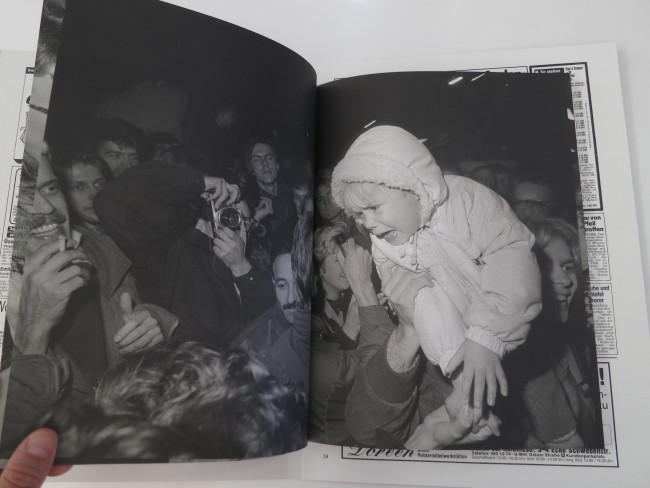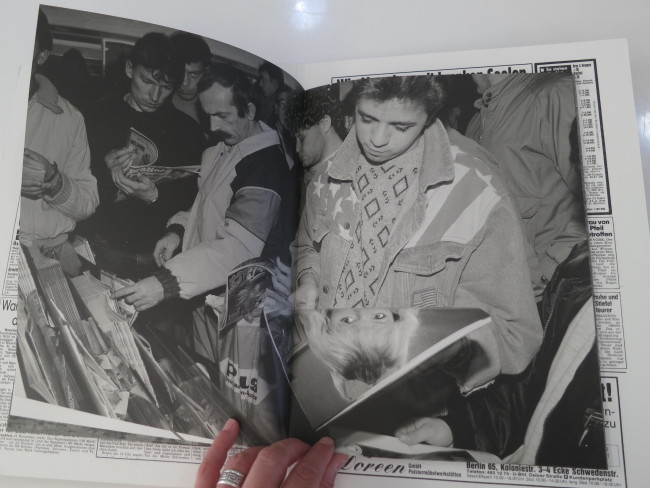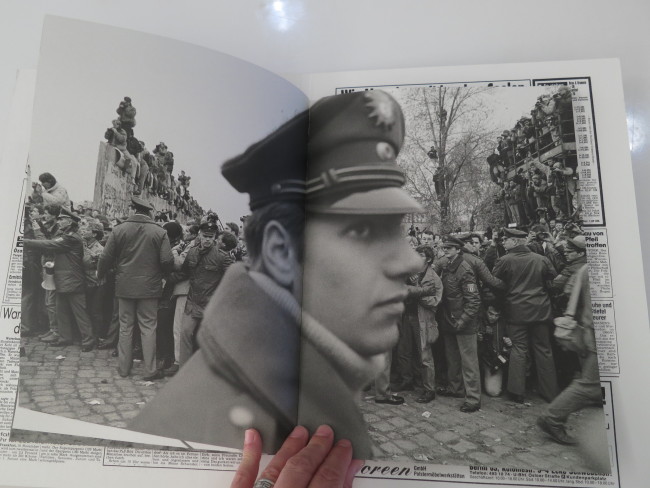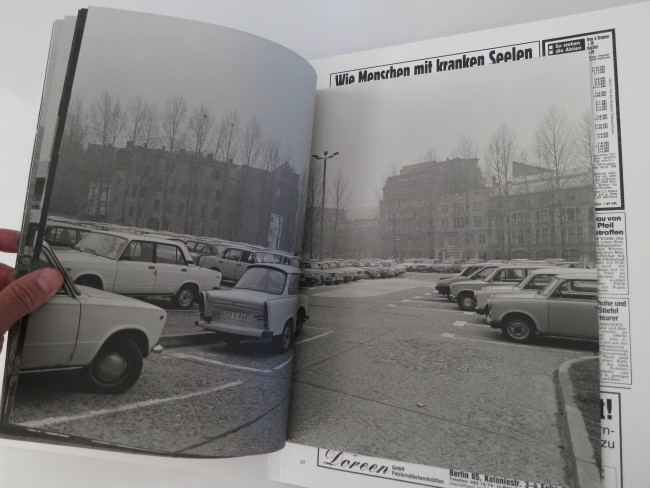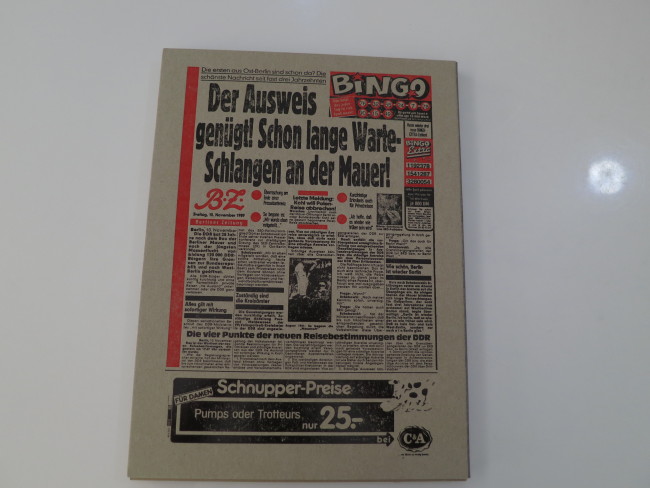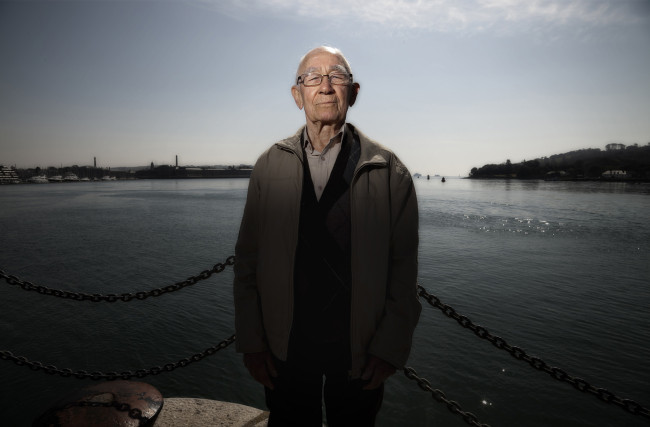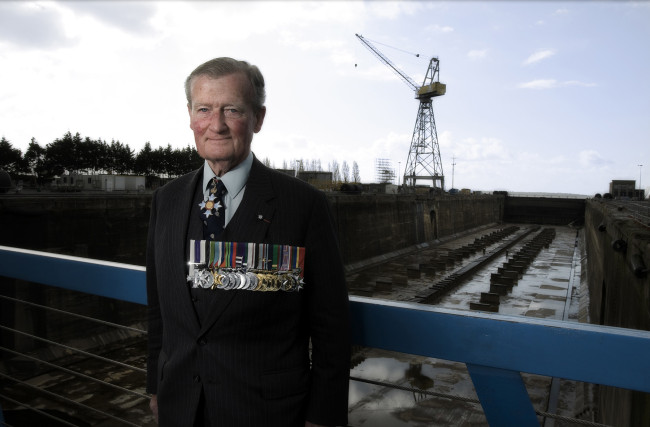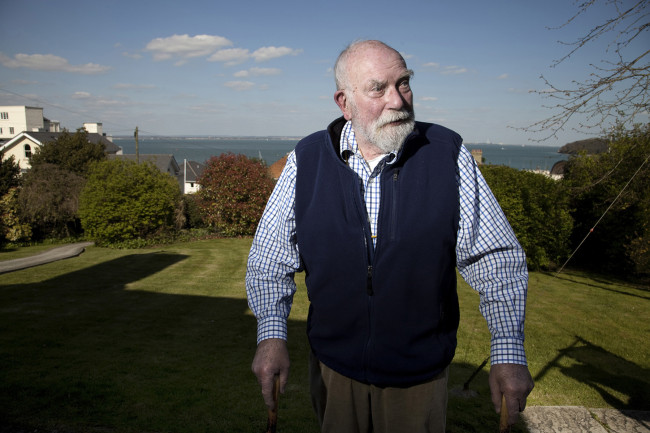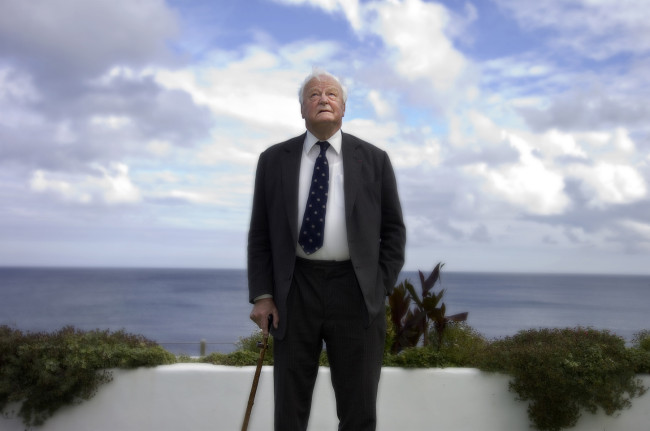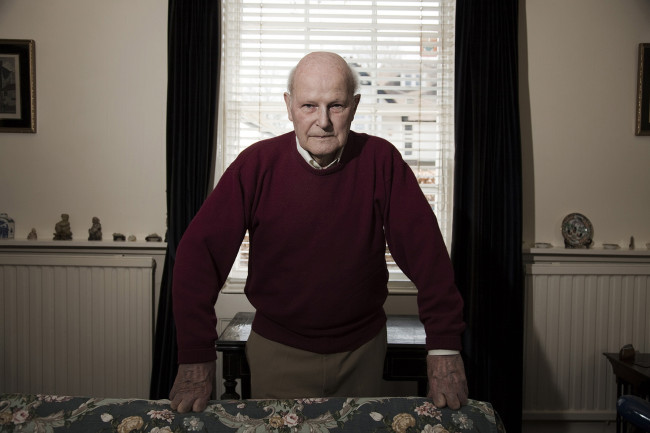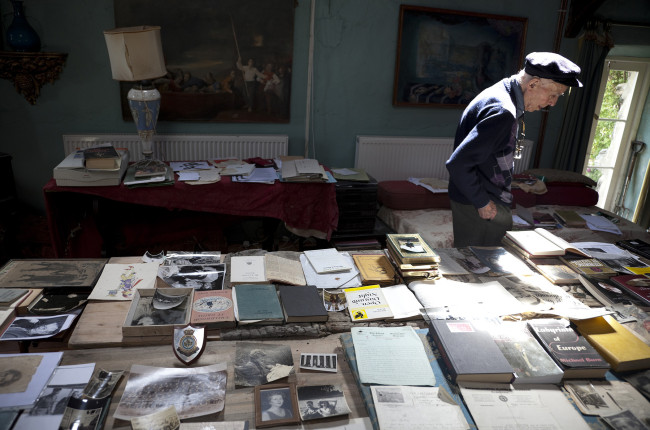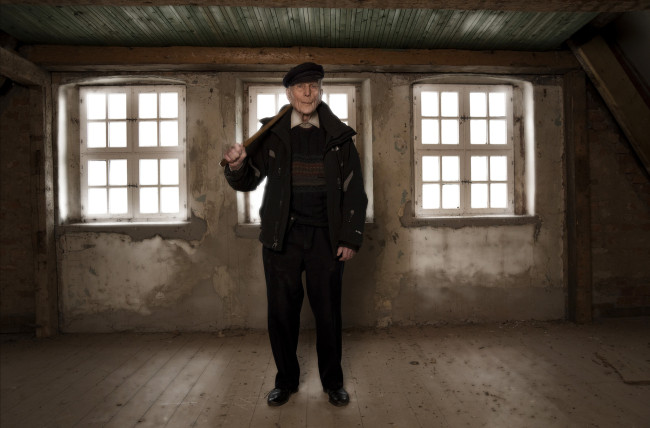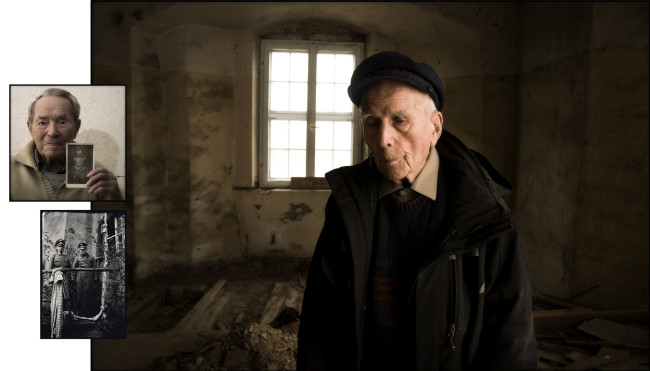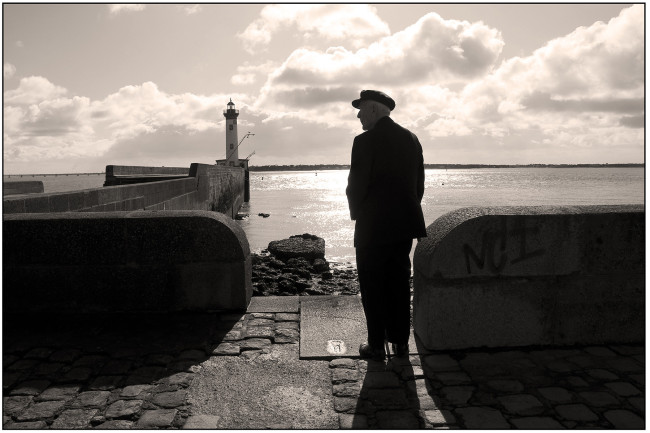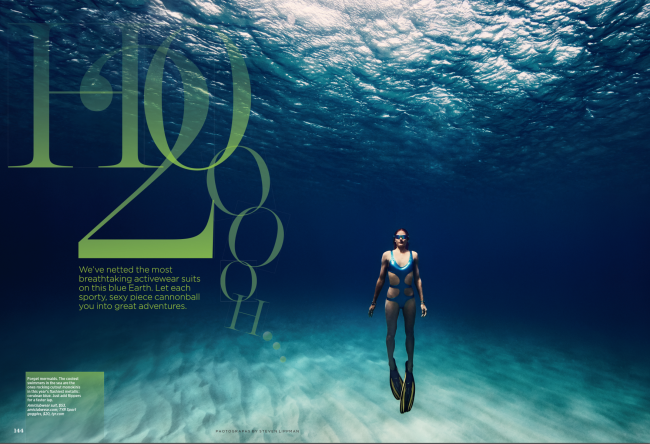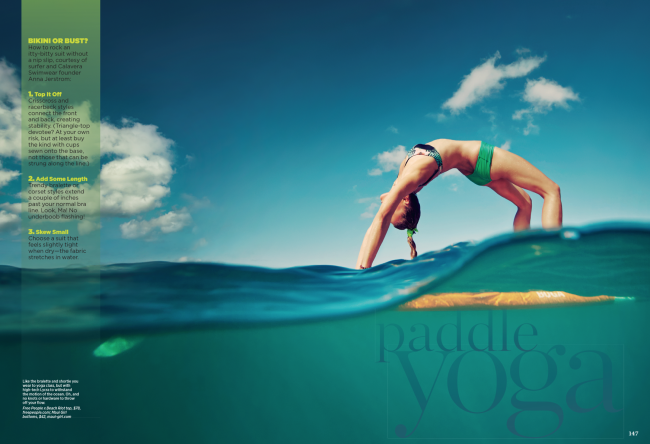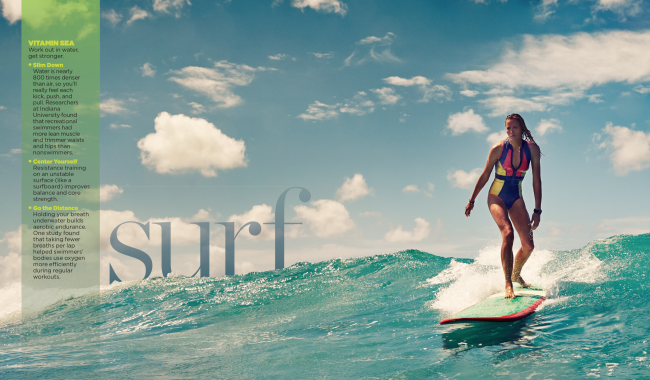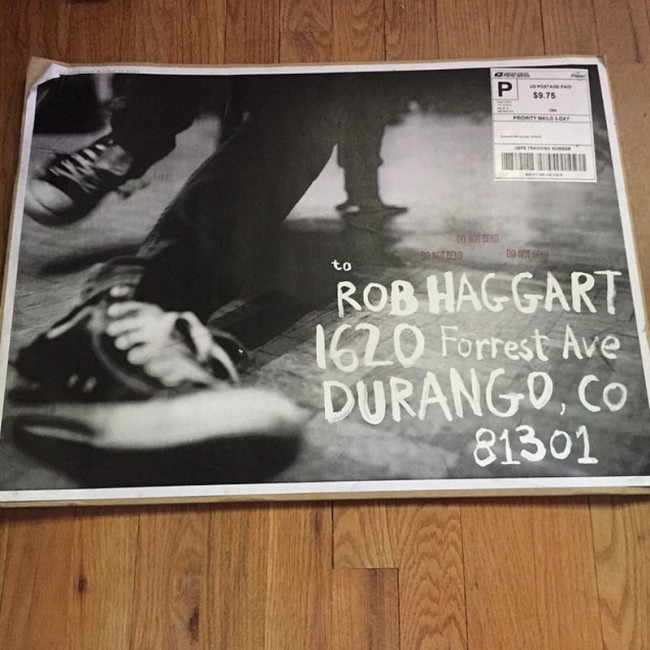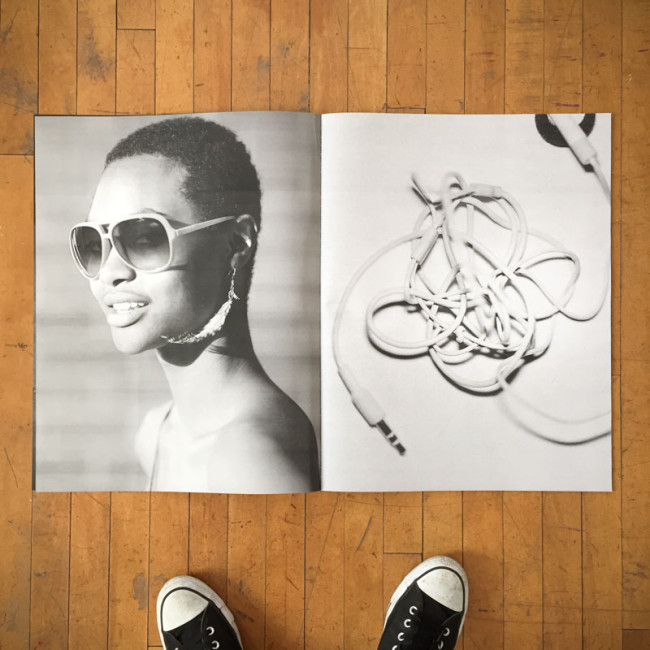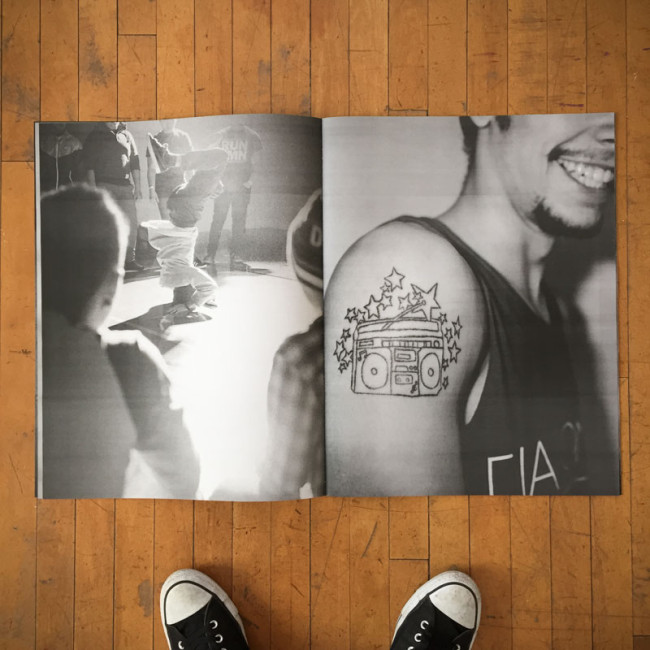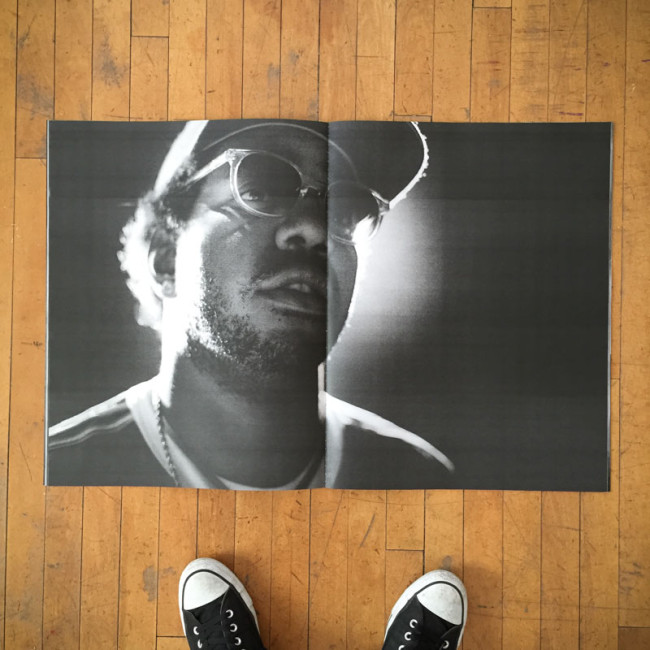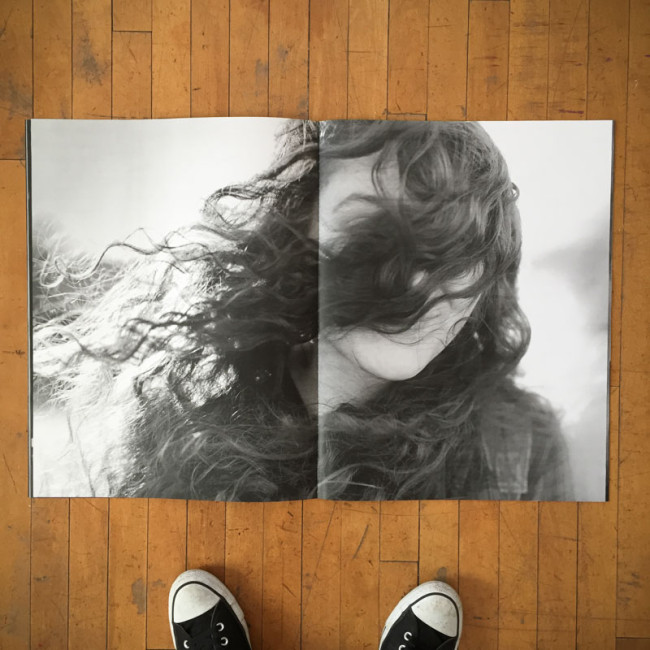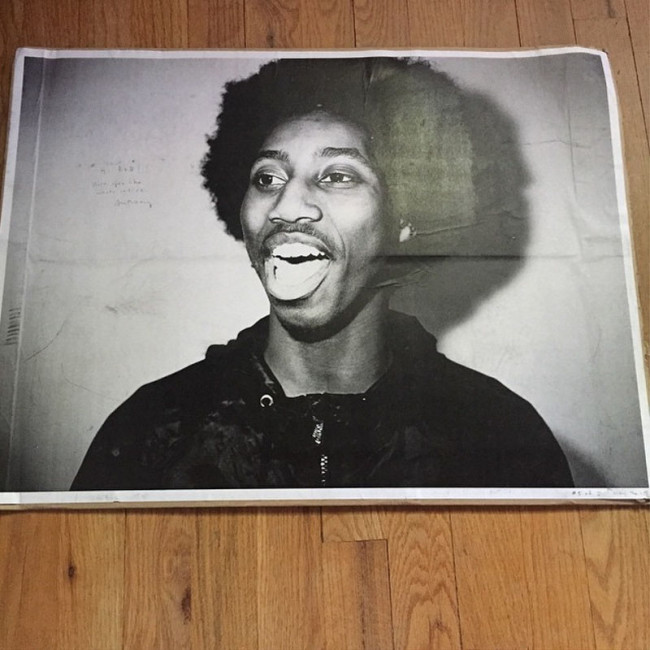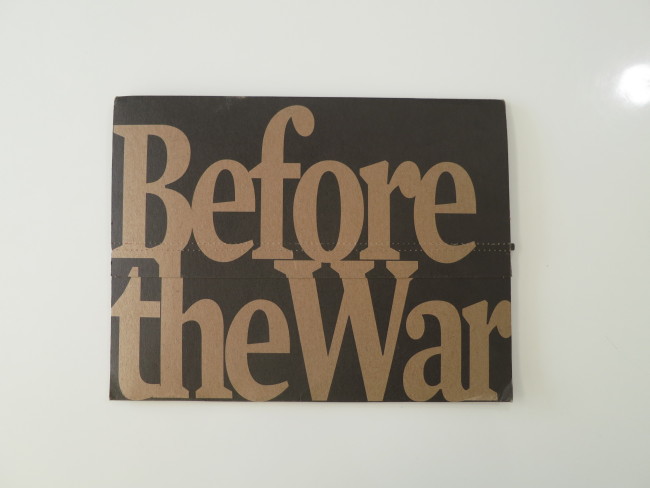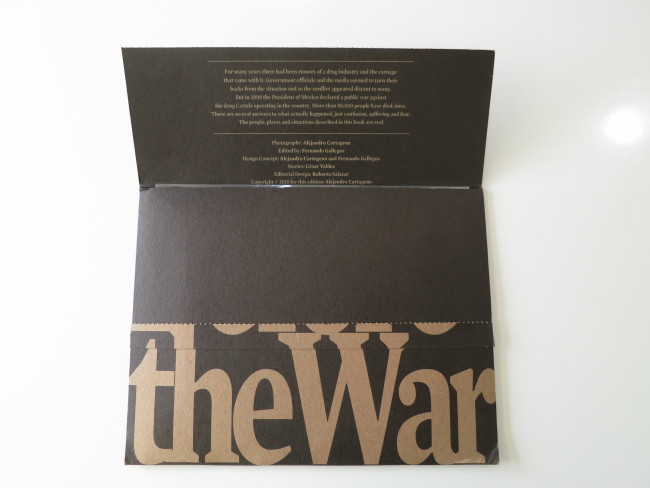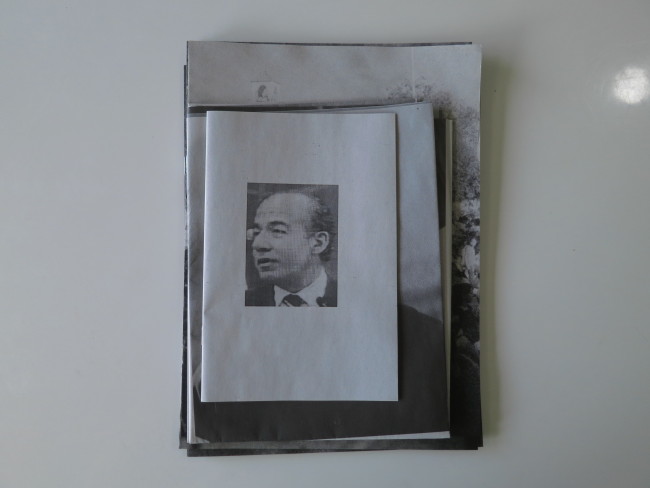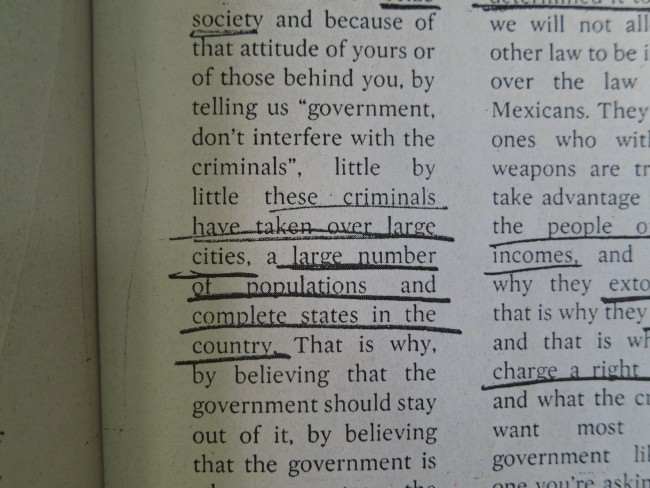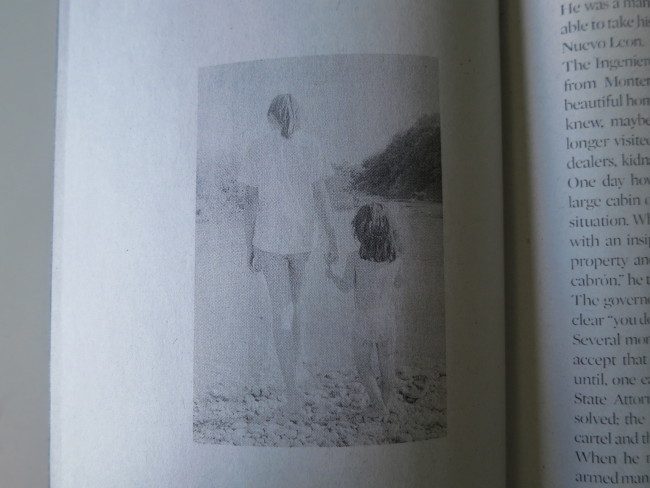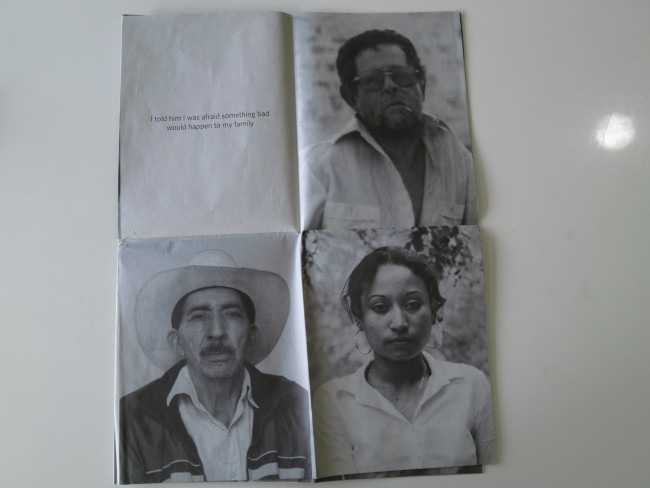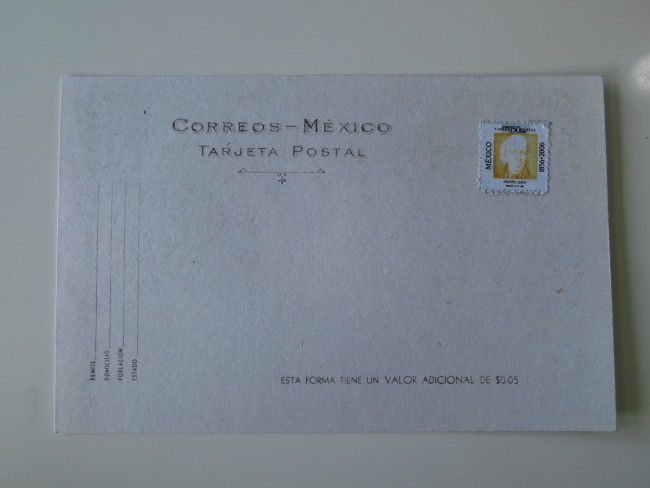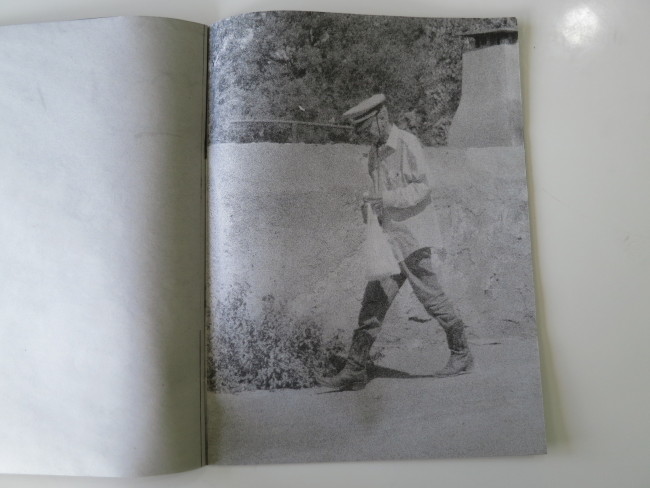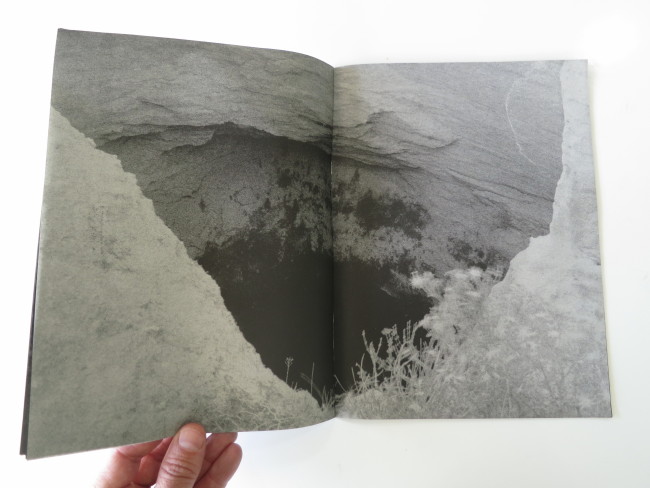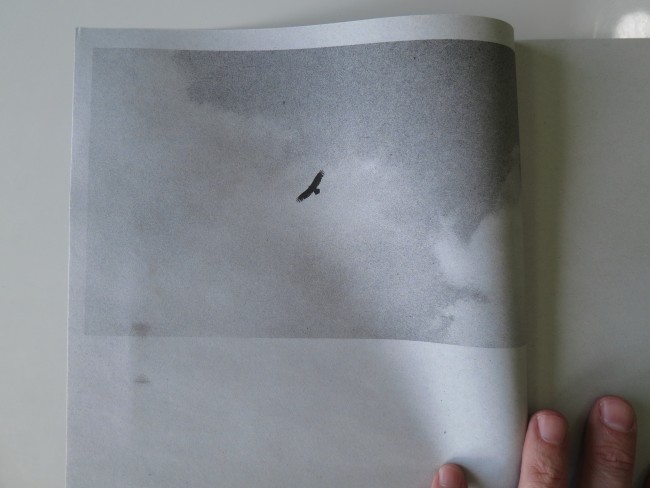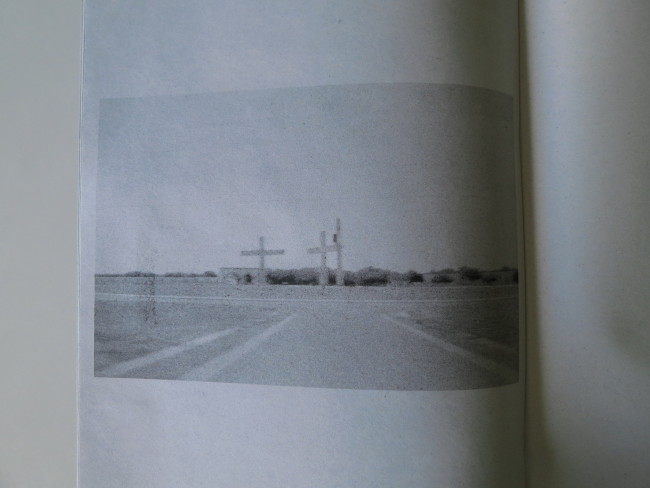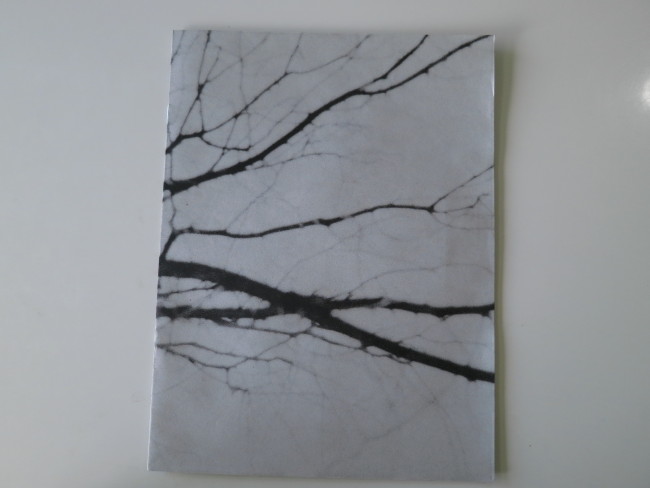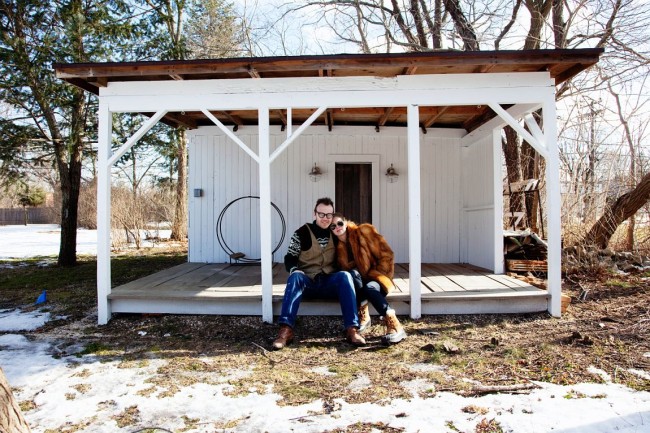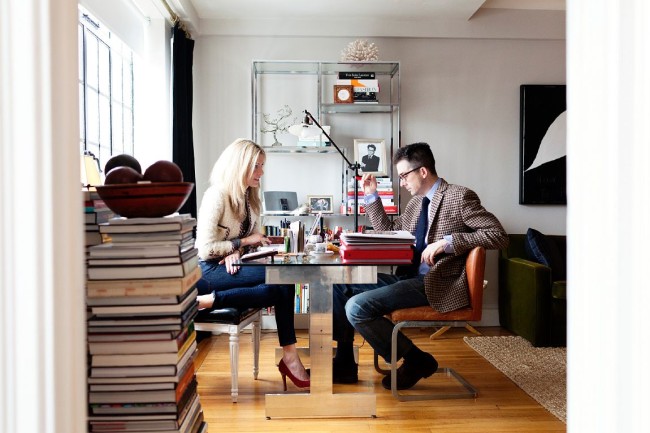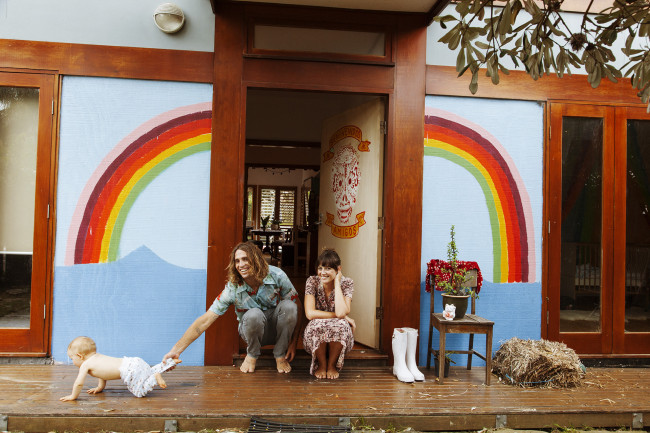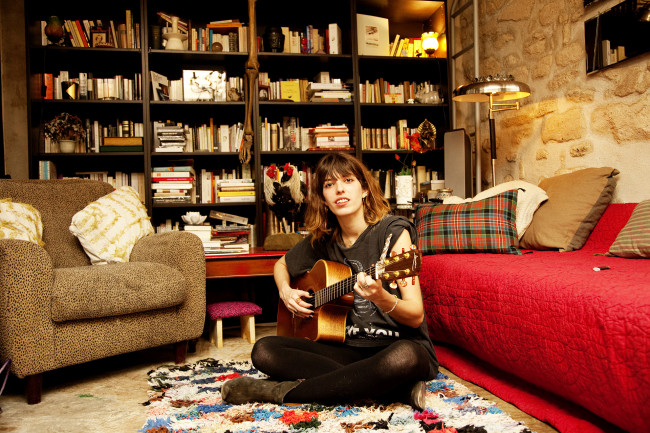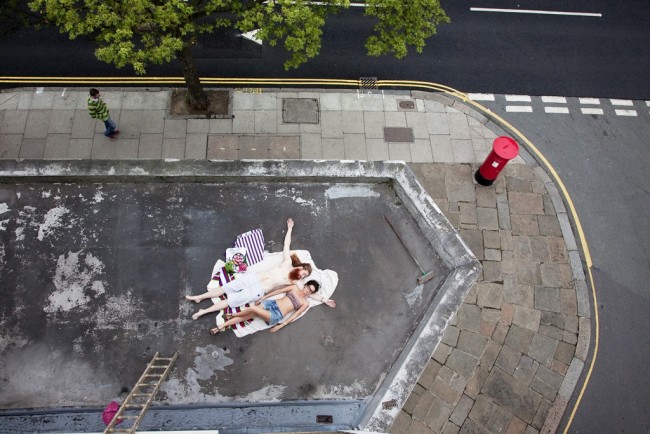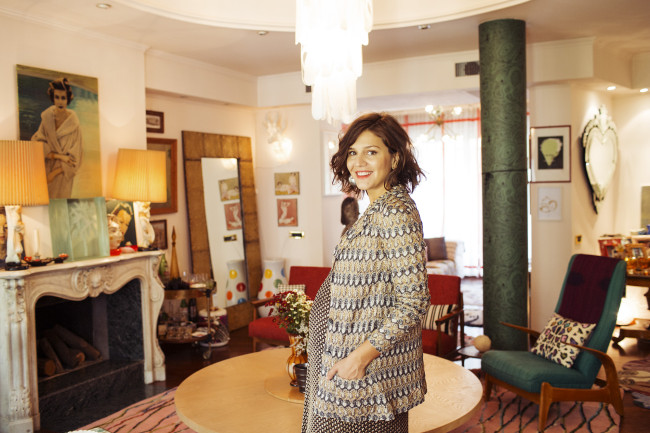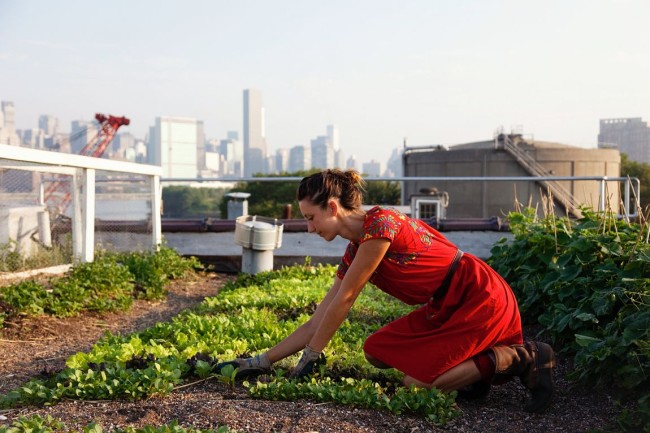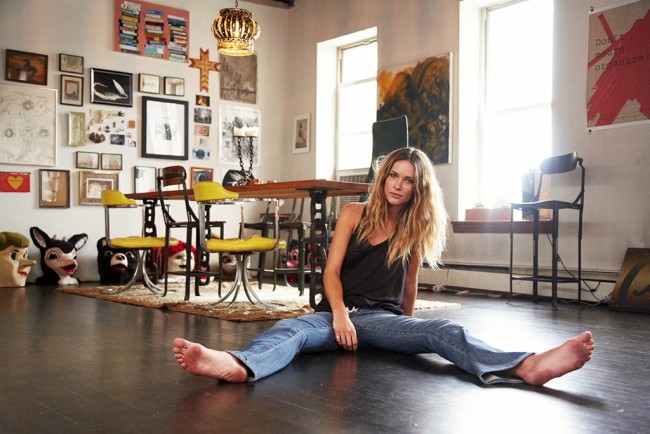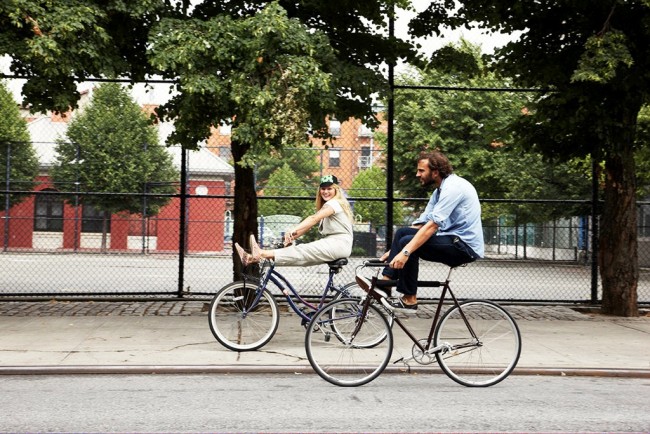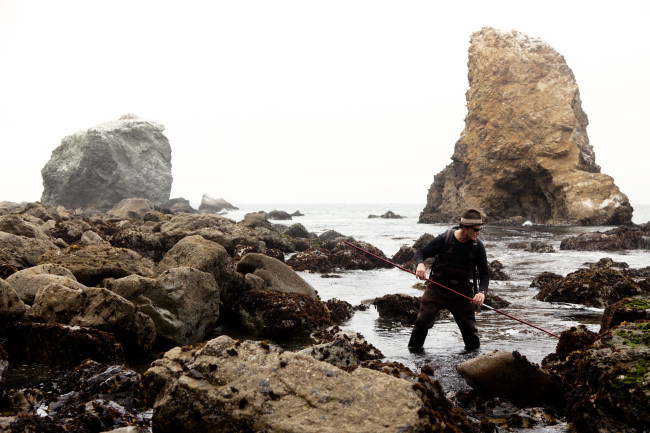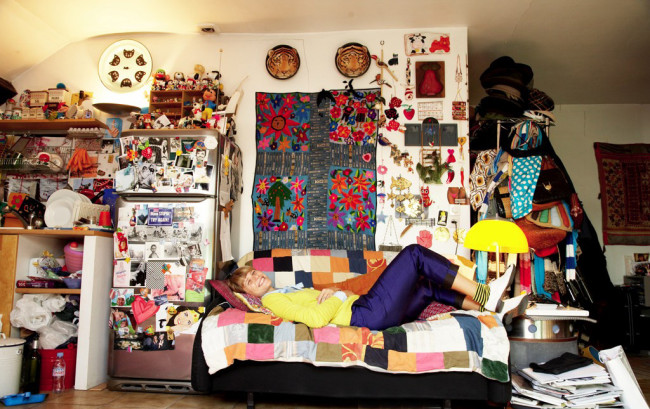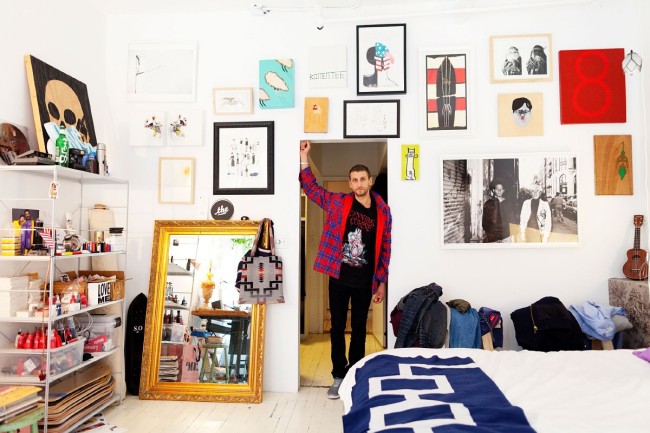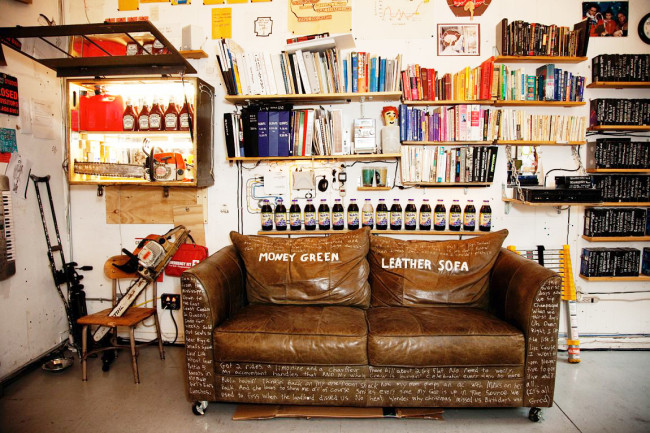It’s the first Wednesday in August, and I’m sitting at my white kitchen table. (As usual.) The late Summer sun filters through the window coverings behind me, suffusing the room with warm light.
Outside, the sunflowers stand tall, like teenaged boys trying to impress their fathers. It is the prettiest time of year, from now through October, and it puts me in mind of the impending Autumn.
Oddly, my job is to turn back the clock; to engage my memory, imagining the photographs I saw at Review Santa Fe, in early June. This year, the event took place at the newly built Drury Plaza Hotel on the East end of Downtown. It was a convenient location, but as I spent most of my time indoors, looking at pictures, it didn’t really matter.
The first night, a Thursday, began with a big lecture by an important person. I’m eliding the details, as I decided to skip it, and drove into town a little later. (I cooked a big dinner party for some collector friends the night before, and was too worn out to jump into the early activities.) As such, I headed directly to the opening party at the Center for Contemporary Arts, which featured the Center competition winner’s exhibition: The Curve.
I parked in a still-empty lot, and strolled towards the venue in my new flip flops. (Fancy leather.) I hadn’t checked in at the orientation, so I bore no name-tag, flouting the convention in which people would know who I was before they met me.
Where do you go when you’re the first one to the party? That’s right, straight to the bar. That was the plan, at least. But just as I was approaching the end of the parking lot, a massive bus pulled up, filled with thirsty photographers, all likely to beat me to the drinks, if I didn’t hurry.
Why the rush? Center is famous for its generosity at such events, and there is almost always free food and booze, for the participants. (Keyword almost.)
I approached the very pretty, model-esque bartender, and noticed the trendy alcohol branding behind her. She handed me a menu, and told me there were lots of great drinks on offer. I noticed the steep prices next to them, and frowned. What do to?
Awkward.
Well, I said, and then paused for a few seconds. Is anything…complimentary?
What do you mean? Complimentary?
The drinks. They’re only for sale?
Yes. Of course.
Oh. OK, I said, as the crowd bunched up behind me. Give me a second.
Well, she said. There are ways to get things complimentary.
Right. I said. I get it. Tip you well, like in a bar, and one of them will be on the house. I got it. Thanks. Just give me a minute.
She smiled big, and I later wondered if that’s what she meant, or if perhaps she was hitting on me? Likely the former. Regardless, I stepped to the side, so paying customers could actually order, and pretended I was deep in thought.
However, I was actually deciding how long to wait before I went out to my car to drink some of the Bushmills I’d bought at the liquor store in Pojaque on the drive down. I slunk away, a few seconds later, and wouldn’t you know it, the first person I bumped into, quite literally, was Paccarik Orue. (Featured in a previous APE travel piece in San Francisco, 2012.)
I offered him free booze if he was willing to sneak some plastic cups from the bar, as I was then too ashamed of my thriftiness to face the beautiful bartender again. So he did.
Not two minutes later, we were sitting inside my tinted down, silver Hyundai, slugging whiskey, and preparing ourselves for the onslaught of socializing that is a portfolio review event.
Is there a point to the story, behind me being a cheapskate? Yes, there is: Always be prepared.
Since my intro ran long, I’ll cut to the chase. I had a fantastic time at Review Santa Fe. It was a bit strange to be sitting on the other side of a table, officially, at the event that helped launch my career, on the photographer’s side. But I tried to use that perspective to help put the artists at ease, when I could.
As usual, we’ll highlight some of my favorite work here, in a series of articles. (In no particular order.) I’ll try to conjure up a more interesting anecdote for part 2, but for now, I hope you enjoy the selection.
Jillian Mitchell is an American photographer living on the Mexican coast. Or should I say a misplaced Bostonian? It wasn’t until later in the weekend, well after our review, that a few beers summoned her strong accent.
Jillian showed me a serious and sad series shot at the Mexican teachers college where those 43 students were stolen. It was good, for sure. But this other group of pictures, in which she photographed Mexico, as she knew it, had a joy, strength, and whimsical silliness that I found charming.
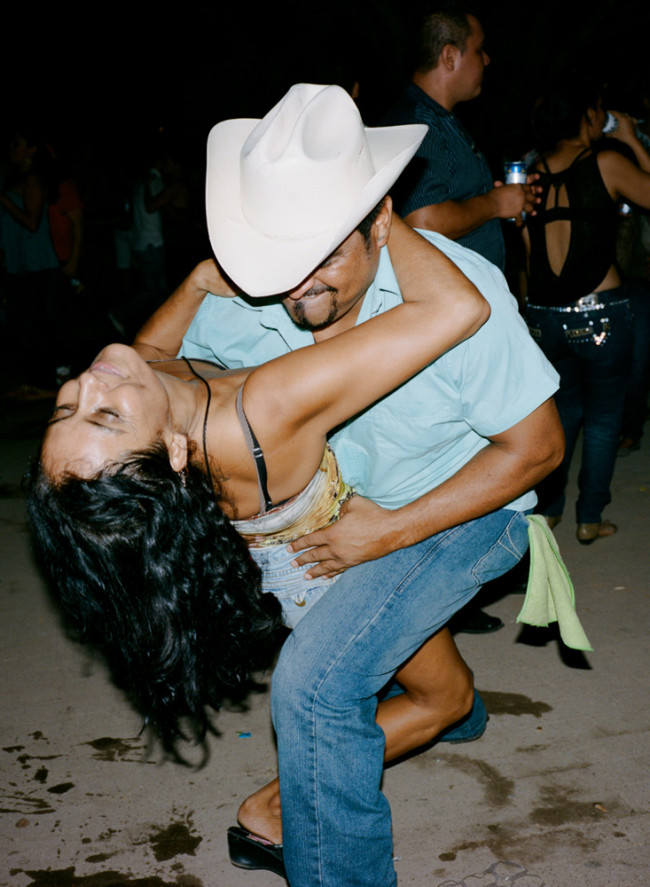
Matjaz Tancic showed me some 3D photos made in North Korea that I didn’t find so compelling. I’m really not the target audience, though, as my brain can’t process 3D glasses. I gave him the best advice I could, and we had a good chat. Cool guy.
As Matjaz was leaving, he handed me a portrait of a Mao Zedong impersonator, wearing actual 3D glasses shoved through eye-slits in the print. Easily the best leave-behind I’d ever seen, and I immediately asked him why he didn’t show me whatever series that came from? Though originally from Slovenia, he’s currently based in Beijing, which gave him access to these actors who impersonate Mao Zedong, Chiang Kai Shek, and Zhu De.
Apparently, it’s regulated by the Government. But then again, how could it not be?
Shane Rocheleau got a hold of me before the festival, as he’s a friend of Susan Worsham, whom we interviewed here a few years back. I was predisposed to like him, I must admit. We met at the second to last review, and he was wearing a sharp camel-colored corduroy jacket over a music T shirt. Johnny Cash, maybe?
Shane showed me these pictures from his series “A Glorious Victory,” which is a part of a collaborative investigation he’s doing in Petersburg, VA, alongside Brian Ulrich and others. They chose the town to stand in for the contemporary South, and I thought the prints, all done with a 4×5, were dynamite. So sharp in person. (And yes, the blood is real.)
Patti Hallock is a Denver artist, as is the last in today’s piece. (Evan Anderman) It’s a co-incidence that I’m lumping them together, but each did ask me the same question. How can I get my work noticed outside my regional area?
Patti first showed me a project that’s now in the current issue of Fraction Magazine, and I didn’t love it. It was pretty, but didn’t seem to transcend a genre of pretty nature photos. She disagreed, and thought there was more too it than that.
I told her that typically, work that resonates with larger audiences had something of an edge or tension to it. Things that don’t look like other things stand out by definition. She said she had something else I might like, and maybe she could show me later.
Not to pick on Patti, but “later” should never be at 1am on the last night of the festival, on your Ipad, when someone says they’re going to bed and have to pee. Just bad timing, FFR.
But, I try to be a nice guy, so I looked for 6 seconds, and said, sure, send it to me. “It” is “Wreck Room,” in which she photographs people’s basements. The random stuff we never see. I think they’re cool, and contain the funk I suggested she try to bring out in her nature imagery.
Evan Anderman is a pilot, and trained geologist. He brought aerial work, which was popular in Denver, he said, and wanted to see how he could break out nationally and internationally. We discussed the multitude of people shooting from the air these days, and that in the wider world, he’d therefore be compared with Ed Burtynsky, Emmet Gowin, David Maisel, Michael Light, and people like that.
It’s tough company.
I suggested that his advantage was his professional-grade knowledge, as a scientist, and if he tunneled (no pun intended) deeper in to that expertise, he might find ways of communicating things the others couldn’t. Plus, knowing how to fly a plane was advantage 2. The following pics are from his series “Ground Zero,” which focuses on environmental degradation, and I thought they were interesting enough to show you here.
OK. Part 1 done. More to come next week.
